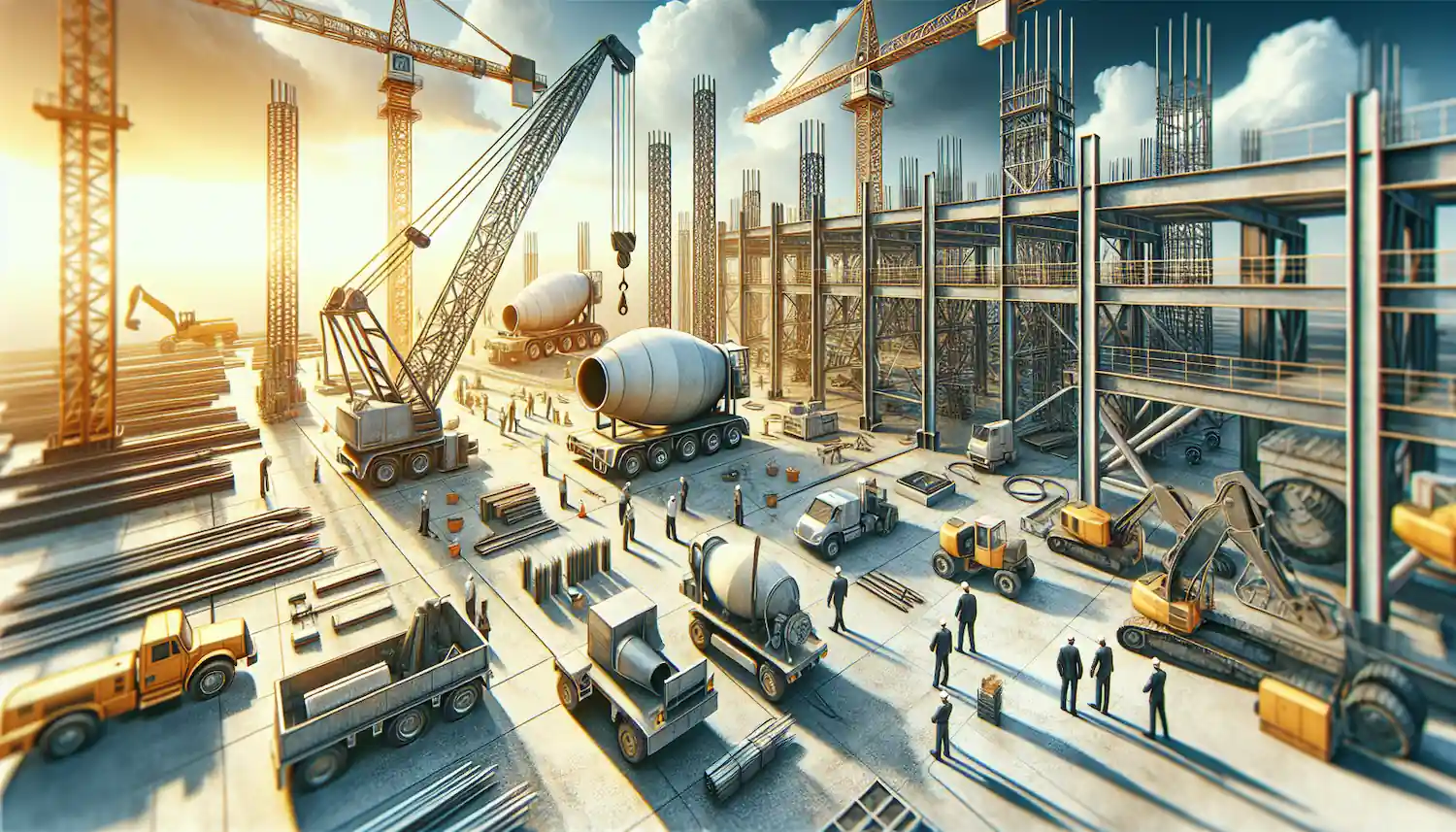Top Tips for Choosing Cranes for Construction Projects

In this guide, we'll explore top tips to help you choose the ideal cranes for your construction projects. You'll learn how to assess project requirements, do a crane-type comparison, and understand safety regulations.
We'll also cover how to determine crane lifting capacity needs, weigh the pros and cons of crane rental versus buying, and look at technological advancements in the crane industry. By following these crane selection tips, you'll be better equipped to make informed decisions about the cranes that will best serve your construction needs.
Assess Project Requirements
Load Weight and Dimensions
To choose the right crane for your construction project, you need to start by assessing the crane load capacity requirements. This involves considering the weight of the load, its dimensions, and the height and distance it needs to be lifted. A thorough load weight assessment will help you narrow down your options and select a crane that can safely handle your specific lifting requirements.

Lift Height and Radius
The crane boom length and working crane radius are crucial factors to consider. The boom length determines how high the crane can lift, while the load radius is the distance from the crane's center of rotation to the center of the crane load. It's important to choose a crane with the right specifications to reach the required height and distance without compromising safety or crane stability.
Site Conditions and Access
The condition and terrain considerations of your construction site play a significant role in crane selection. You need to ensure that the ground conditions are firm, drained, and graded to support the crane's weight and provide stability, especially when using outriggers. Additionally, consider any spatial constraints, weather conditions, and potential hazards such as underground utilities or voids.
To make an informed decision, it's advisable to consult with a crane specialist who can help you review crane load charts and understand the crane's capabilities in relation to your project requirements.

Contact MCH Parts for a free sourcing machinery or parts consultation and to get a free quote for your crane needs.
Compare Crane Types
Mobile Cranes
Mobile cranes offer exceptional flexibility and crane mobility, making them ideal for urban construction sites with limited space. These versatile machines can access narrow passages and navigate tight spaces with ease. They're quick to set up, reducing downtime and increasing productivity on the job site. Despite their compact crane size, mobile cranes have the power to lift heavy loads safely and efficiently.
Tower Cranes
Tower cranes are the iconic giants of construction sites, easily recognizable by their tall masts and long jibs. They consist of three main parts: the base, the mast (tower), and the slewing unit. The jib can rotate 360° around the mast, allowing for precise placement of materials. Tower cranes excel at constructing high-rise buildings, bridges, and other large structures.

Crawler Cranes
Crawler cranes are mounted on tracks, giving them superior mobility on rough or uneven terrain. They're ideal for large-scale projects and can handle heavy loads with precision. Crawler cranes offer high stability and can be equipped with various attachments for different tasks. They're commonly used in construction, oil and gas, mining, and shipbuilding industries.
All-Terrain Cranes
All-terrain cranes combine the strength of hydraulic truck cranes with the mobility of rough-terrain cranes. They can operate efficiently on both on-road and off-road conditions, making them highly versatile. These cranes typically feature multiple axles and all-wheel drive for improved site mobility. All-terrain cranes have a larger crane weight capacity compared to rough terrain cranes and can handle loads ranging from a few tons to several hundred tons.
Contact MCH Parts for a free sourcing machinery or parts consultation and to get a free quote for your crane needs.
Consider Safety and Regulations
Operator Certification
When choosing cranes for construction projects, you need to ensure that your operators are properly certified. The Occupational Safety and Health Administration (OSHA) requires crane operators to hold a valid certification for each crane type they operate. To become a Certified Crane Operator (CCO), individuals must meet specific requirements, including:
- Being at least 18 years old
- Meeting physical and medical requirements set by the American Society of Mechanical Engineers (ASME)
- Agreeing to comply with ethical and substance abuse standards
- Passing written exams (core and at least one specialty)
- Passing a practical exam within 12 months of the written exam
CCO certification is valid for five years, after which recertification is required. Proper operator training is essential for safe crane operations.
Inspection and Maintenance
Regular crane inspections are crucial to ensure the safety and proper functioning of cranes. OSHA classifies crane inspections into two categories: frequent and periodic. Frequent inspections occur daily, weekly, or monthly, while periodic inspections take place bimonthly, quarterly, or annually.
Key points to consider for crane inspections:
- Daily visual inspections by a qualified person before the first operation of any work shift
- Checking functional mechanisms, hydraulic systems, hooks, and safety features
- Conducting periodic inspections at least four times a year
- Maintaining inspection records with dates, results, and inspector signatures
Load Charts and Capacity
Understanding and adhering to crane load charts is essential for safe crane operation. Load charts provide crucial information about a crane's lifting capacity under various conditions. Key elements of load charts include:
- Maximum lifting capacity
- Radius and load weight
- Boom length and angle
- Lift range
- Deductions for rigging equipment
OSHA requires crane operators to consult load charts before attempting a lift and to know how to interpret them correctly. It's important to note that operating a crane without understanding its load chart is considered a violation of OSHA standards in many regions.

Contact MCH Parts for a free sourcing machinery or parts consultation and to get a free quote for your crane needs.
Determine Lifting Capacity Needs
Maximum Load Weight
To choose the right crane for your construction project, you need to determine the maximum load weight you'll be lifting. This is crucial for ensuring safe and efficient operations. The best way to find the crane load capacity is to consult its load chart. These charts explain a crane's capacity to lift weights at different crane boom lengths and lift angles, showing how the capacity decreases as the boom length increases.
Modern cranes typically come equipped with load moment indicators (LMI) or rated capacity indicators (RCI). These devices enhance crane safety by warning you when your load exceeds the manufacturer's suggested lifting capacity. However, it's still essential to understand the crane load chart yourself.
Working Load Limit
The Working Load Limit (WLL), also known as the safe working load (SWL) or rated capacity, is the maximum weight or force that a piece of lifting equipment is designed to handle during normal use. It's crucial to never exceed the WLL, as doing so could cause equipment failure and result in injury or damage.
To calculate the WLL, you need to know the breaking strength and the safety factor. The formula is:
WLL = Breaking Strength / Safety Factor
For example, if the breaking strength is 40,000 pounds and the safety factor is 4, the WLL would be 10,000 pounds.
When determining lifting capacity needs, consider factors such as:
- Ground conditions and slope
- Wind speed
- Crane configuration and attachments
- Environmental factors
Remember, OSHA standard 1926.1417 states that cranes should not be operated beyond their capacity as indicated on the load chart. Always choose a crane with a capacity higher than your maximum load to ensure a safety margin.

Contact MCH Parts for a free sourcing machinery or parts consultation and to get a free quote for your crane needs.
Choose Between Rental and Purchase
Cost Comparison
When deciding between renting and purchasing a crane, you need to consider the financial implications carefully. Buying a crane requires a significant upfront investment, with prices ranging from $15,000 for smaller models to $500,000 for larger, more powerful cranes. On the other hand, renting a crane typically costs between $100 to $300 per hour for smaller mobile cranes and $500 to $1000 per hour for larger ones.
For short-term projects, renting is often more cost-effective. It eliminates the need for a substantial initial outlay and allows you to allocate your budget to other areas of your project. However, for long-term or ongoing construction operations, purchasing a crane may be more economical, as the cumulative rental costs can exceed the purchase price over time.
Maintenance Responsibilities
Owning a crane comes with additional responsibilities and costs that you need to factor in. When you buy a crane, you're responsible for adhering to maintenance schedules, paying for repairs, and covering the cost of replacement parts. These expenses can quickly add up and impact your budget.
In contrast, when you rent a crane, most maintenance and repair costs are typically covered by the rental company. This can save you both time and money, as you won't have to worry about scheduling maintenance or dealing with unexpected breakdowns.
Fleet Flexibility
Renting offers greater flexibility in terms of equipment selection. When you rent, you have access to a wide range of crane types and sizes, allowing you to choose the best crane for each specific job. This is particularly beneficial if your projects vary in scope and requirements.
On the other hand, when you purchase a crane, you're limited to the capabilities of that specific model. While this may be suitable for consistent, long-term projects, it might not be ideal if your lifting needs change frequently.
Contact MCH Parts for a free sourcing machinery or parts consultation and to get a free quote for your crane needs.
Consider Technological Advancements
Load Moment Indicators
Load Moment Indicators (LMIs) are essential safety devices for crane operations. They continuously monitor the crane's load and boom angle, providing real-time data to the operator. When the load approaches or exceeds the crane's safe capacity, the LMI triggers an alarm, preventing accidents and protecting equipment. LMIs contribute to precise placement in crane operations, allowing operators to make informed decisions about load placement without exceeding the crane's capacity.
Many LMIs come with load charts specific to the crane's configuration, giving operators immediate access to vital information about the crane's capacity at various boom lengths and radii. This eliminates the need for manual calculations and reduces the risk of errors. By providing accurate and real-time data, LMIs minimize the potential for accidents due to miscalculations or misjudgments.
Anti-Two Block Systems
Anti-two blocking (ATB) technology is a crucial safeguard in crane safety, preventing a hazardous situation known as "two-blocking". This occurs when the crane's load line becomes entangled with the hoist's hook block or boom point, potentially leading to severe equipment damage or catastrophic accidents.
ATB systems operate through sensors integrated into the crane's hoist mechanism or load line, continuously monitoring the distance between the hook and boom tip. When an imminent collision is detected, the system triggers immediate alerts, halting the hoisting operation or warning the operator. This technology not only safeguards costly crane equipment but also prioritizes the safety of personnel and the surrounding environment.

According to statistics, 2% of all crane-related deaths in the US construction industry between 1984 and 1994 were caused by two-blocking. The American National Standards for Mobile and Locomotive Cranes (ASME) have made it compulsory for cranes manufactured after February 1992 to have an anti-two-blocking system installed.
Telematics and Remote Monitoring
Telematics systems are transforming the heavy-duty machinery industry by enhancing productivity, personnel safety, and operational control. These systems integrate telecommunications and informatics technologies, connecting sensors and Internet of Things devices to gather monitoring data on equipment location, condition, and operational state.
By implementing telematics, users can control 30% of maintenance costs and achieve a 50% reduction in downtime. These systems provide real-time monitoring of crane operations, including operational information, engine performance, and location tracking. They also help with scheduling, dispatching, and resource allocation by providing comprehensive utilization data.
Telematics systems can create virtual boundaries or "geofences" to streamline the interlinked working zones of cranes. They also store historical data and analyze crane performance in great detail over time, enabling data-driven decision-making. Integration with ERP and CMMS systems improves resource management and ensures seamless data flow.
Contact MCH Parts for a free sourcing machinery or parts consultation and to get a free quote for your crane needs.
Conclusion
Choosing the right crane for your construction project has a significant impact on safety, efficiency, and overall success. By carefully assessing project requirements, comparing different crane types, and considering safety regulations, you can make an informed decision that best suits your needs. Taking into account factors like lifting capacity, technological advancements, and the choice between renting and purchasing allows you to optimize your operations and resource allocation.
Ultimately, the key to selecting the ideal crane lies in thorough planning and a deep understanding of your project's specific demands. By following the tips outlined in this guide, you'll be well-equipped to make a choice that enhances your construction capabilities and ensures smooth operations on the job site. To further support your decision-making process, consider reaching out to MCH PARTS for a free sourcing machinery or parts consultation, ensuring your business benefits from top-tier equipment and service.
FAQs
1. How do I select the appropriate crane for my construction project?
To choose the right crane for your project, follow these seven key guidelines:
- Determine the weight of the load that needs to be lifted.
- Ascertain the required lift height.
- Measure the horizontal distance the load will move.
- Assess the terrain of the construction site.
- Check the accessibility of the project site.
- Identify potential safety hazards.
- Consider the overall cost of crane operation.
2. What are the critical factors to consider when selecting a crane?
When choosing a crane, it is essential to consider the weight of the load to be lifted and refer to the crane's load rating chart. This chart will help you understand the crane’s capacity to lift weights at various heights and its capabilities when stationary and in motion.
3. What key aspects should be considered in crane design?
The primary considerations in designing cranes are efficiency, safety, stability, and the ability to bear loads effectively.
4. How should crane capacity be determined?
When determining the capacity of a crane, base your choice on the maximum weight the crane is expected to lift. It is advisable to opt for a crane with a capacity slightly above the maximum weight you anticipate lifting to ensure safety and efficiency.
Read More

Seeder Bearing Parts Sourcing Guide: Critical Components & Strategy
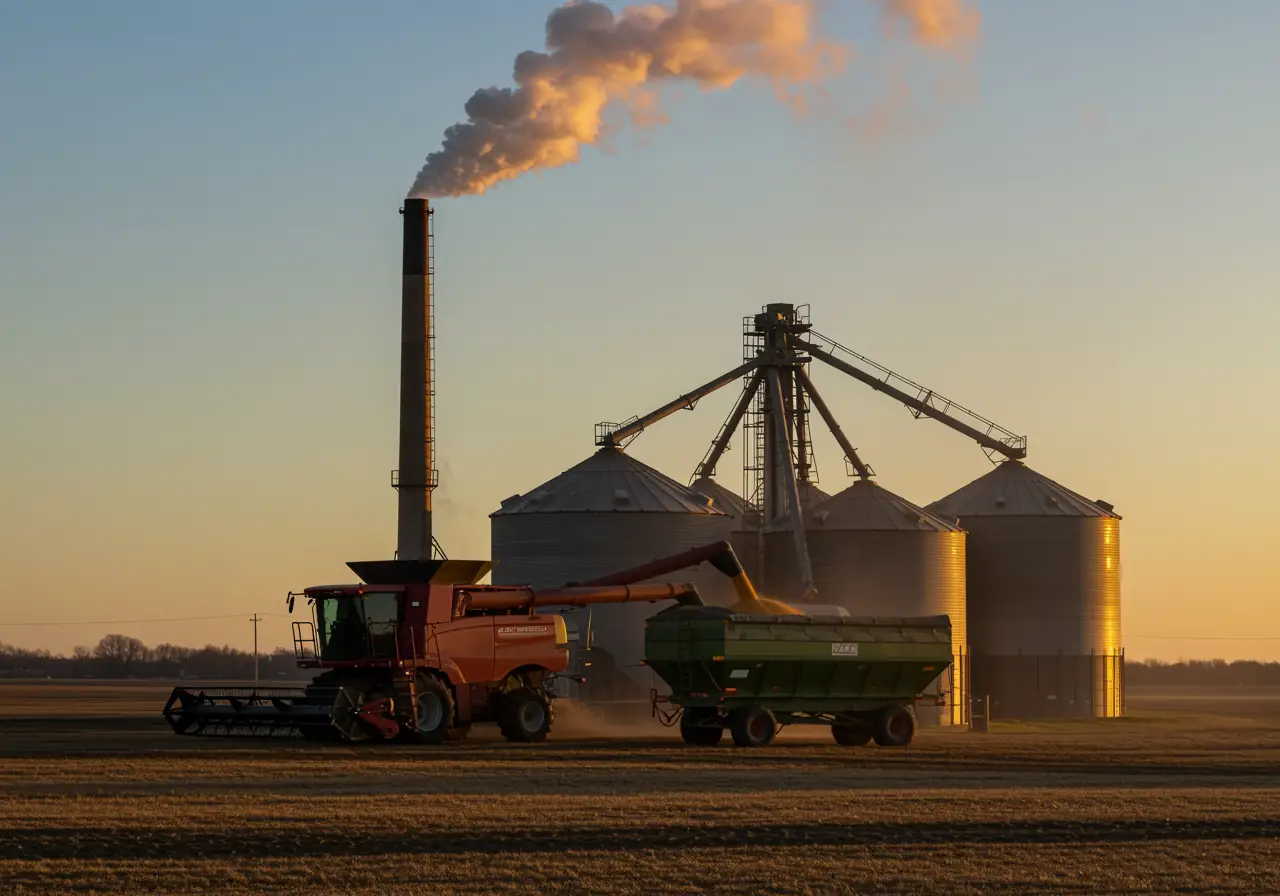
Downtime Prevention Through Smart Inventory for Grain Dryers
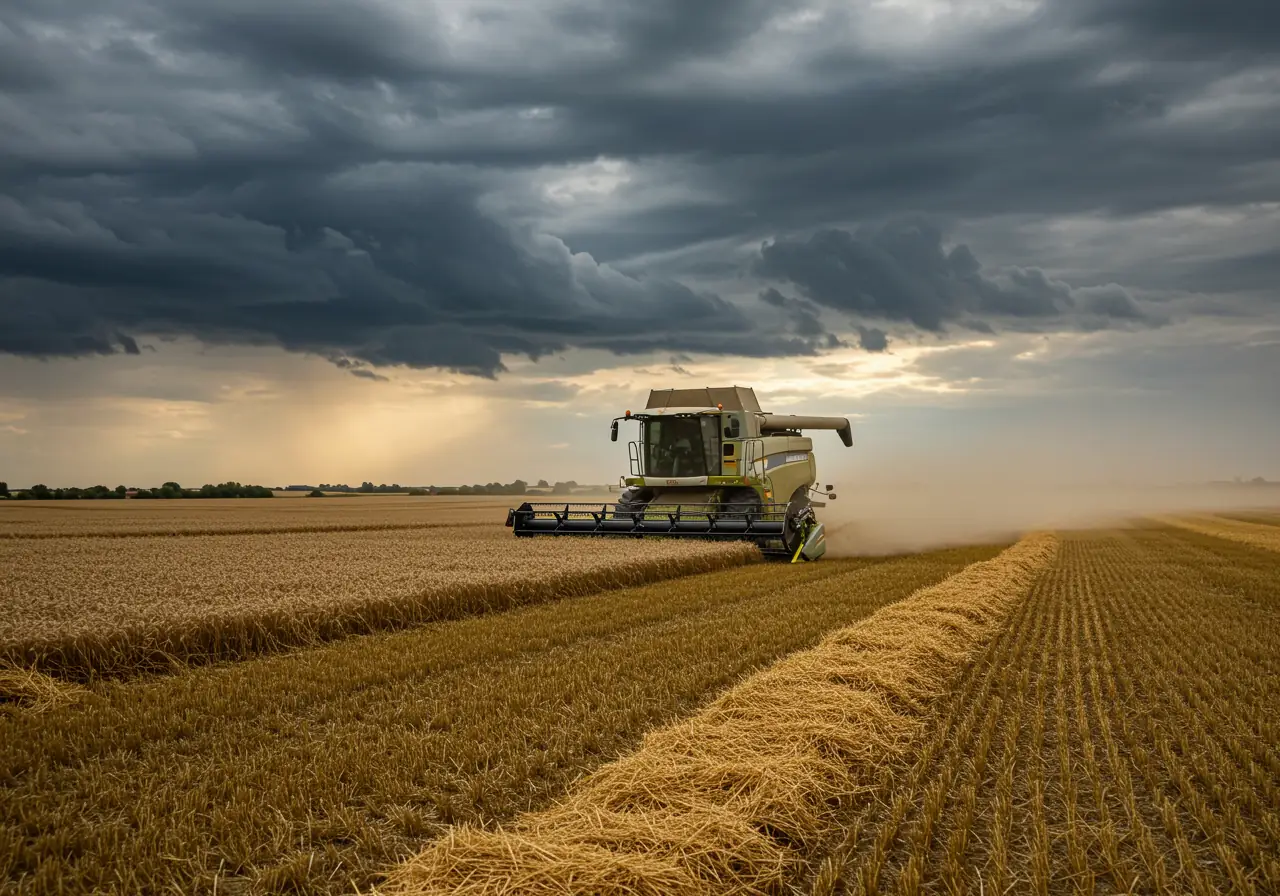
Combine Harvester Breakdown Prevention Guide: Predictive Analytics for Zero Downtime

Master Global Agricultural Parts Delivery | Mid-Season MRO Guide

Fixing Haul Truck Downtime Issues: Remote Parts Strategy Guide 2025
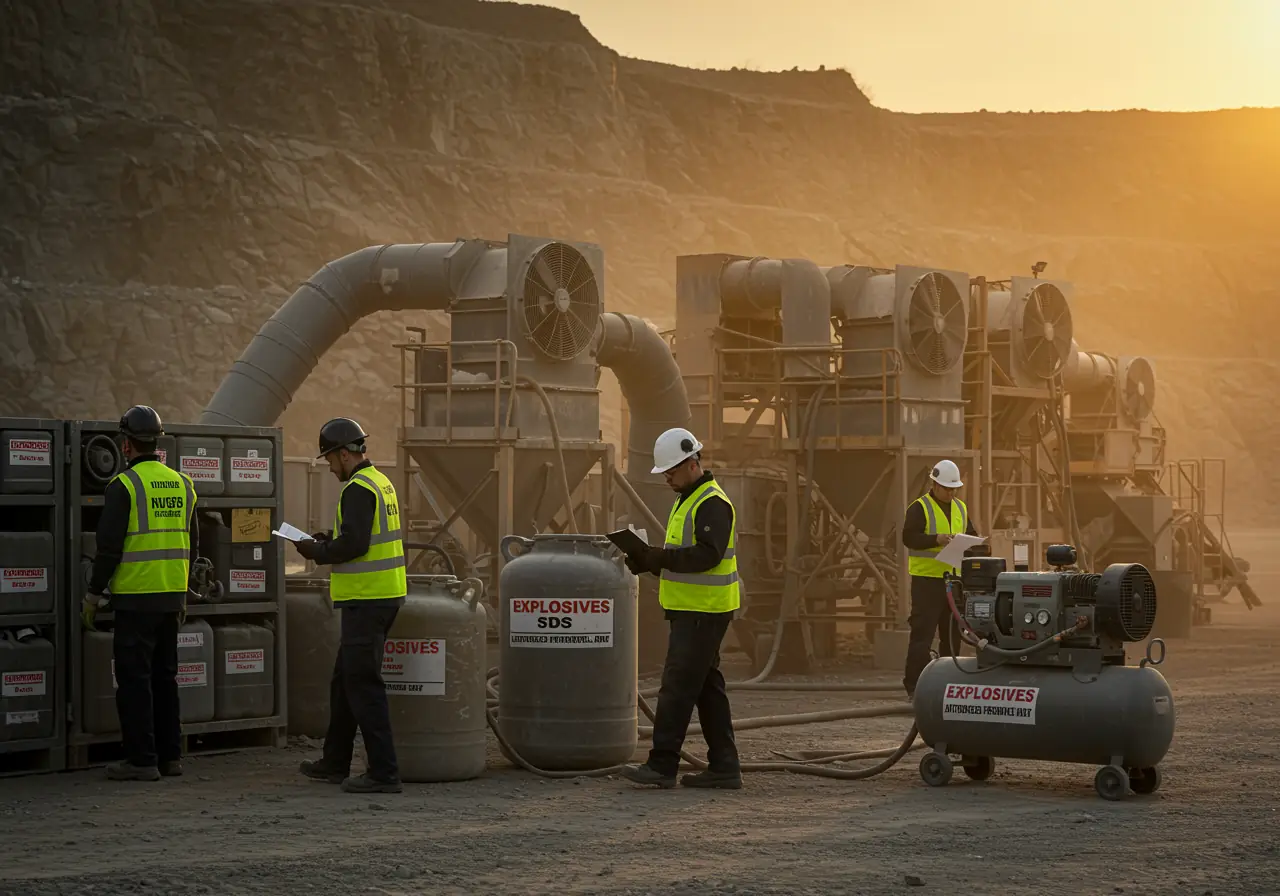
Blasting Equipment Safety Compliance: Must-Know Audit Requirements for 2025

The Step-by-Step Guide to Global Drill Rig Consumables Sourcing
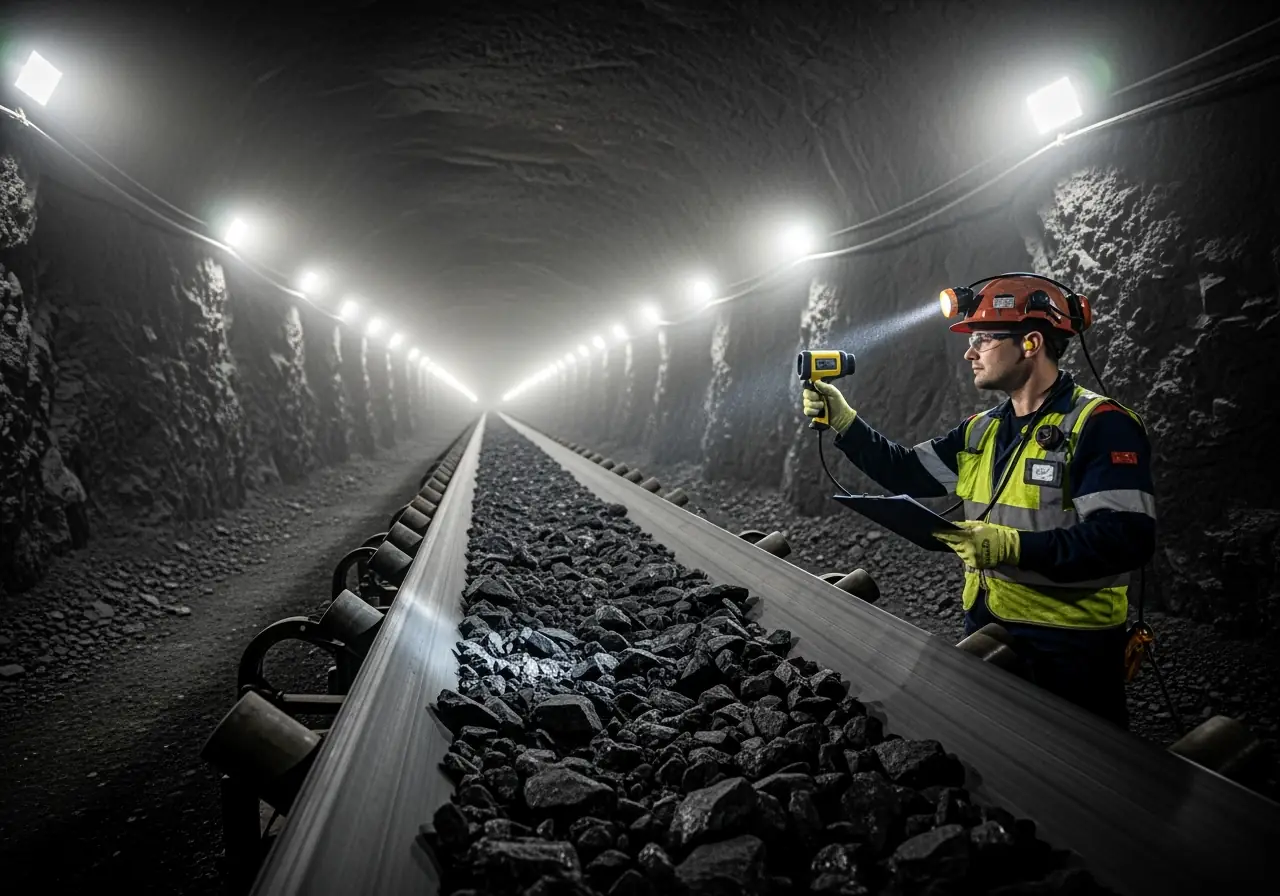
Mining Conveyor Maintenance Guide: Detecting Hidden Risks in Underground Systems
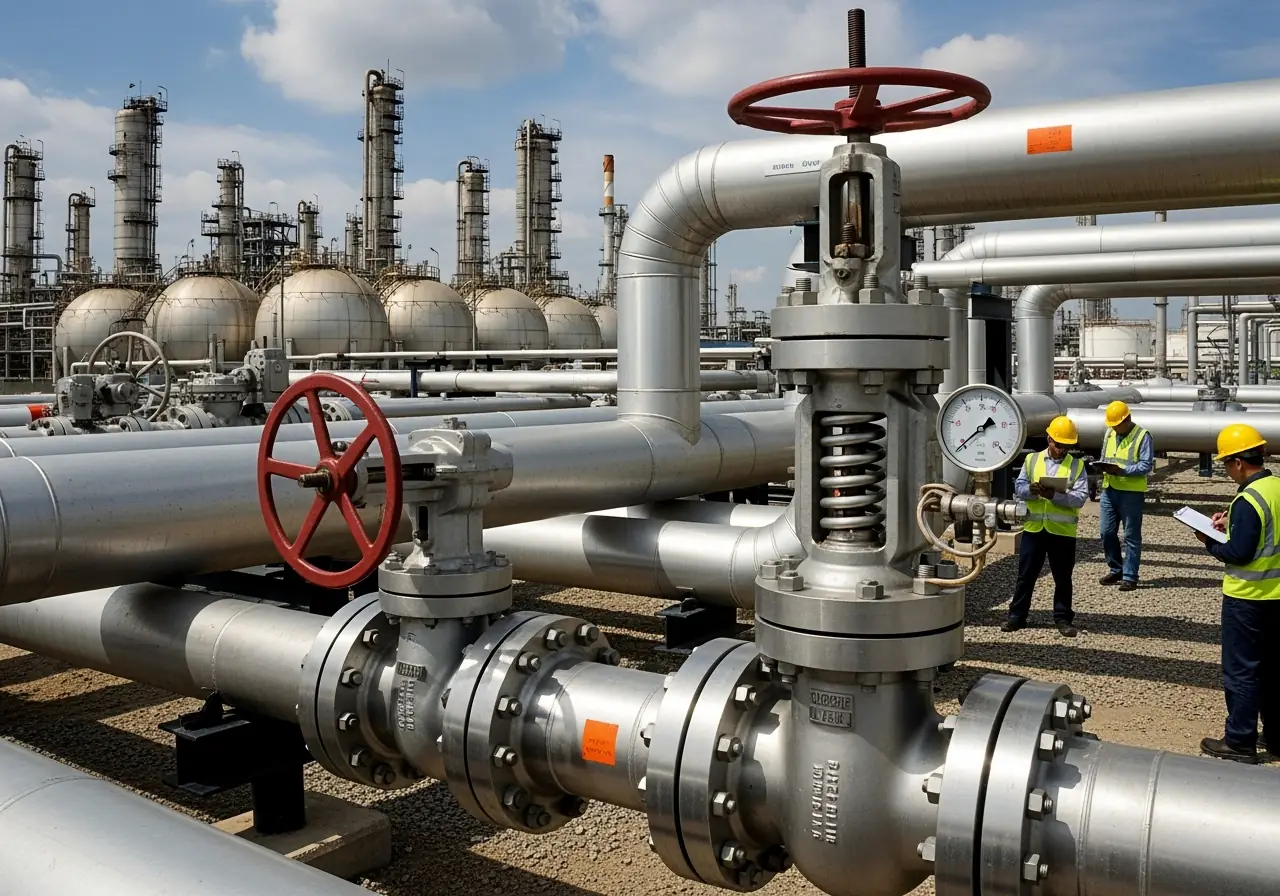
Best Practices for Certified Pipeline Valve Selection: From Specs to Installation
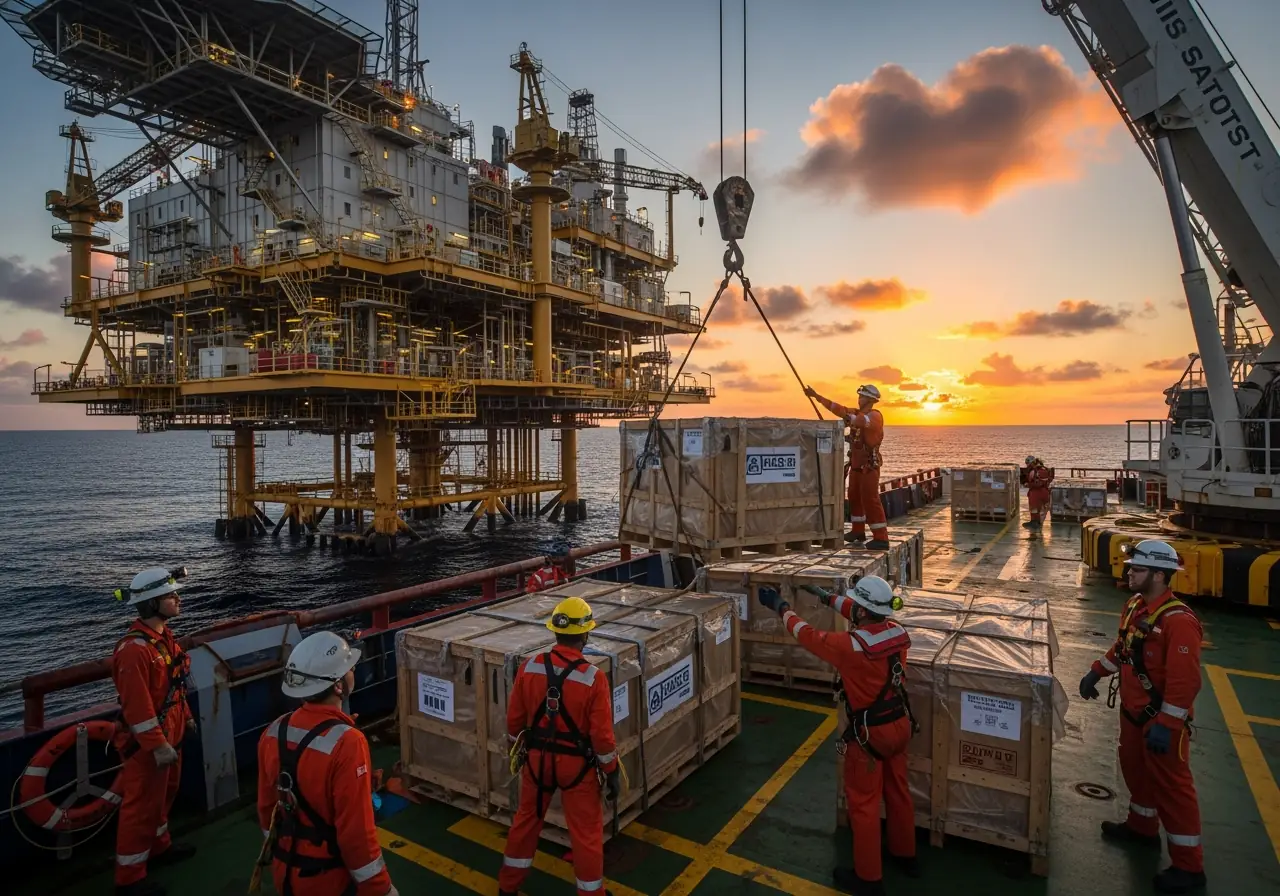
Optimizing Oil Rig PPE Delivery: Proven Strategies That Saved $2M Annually
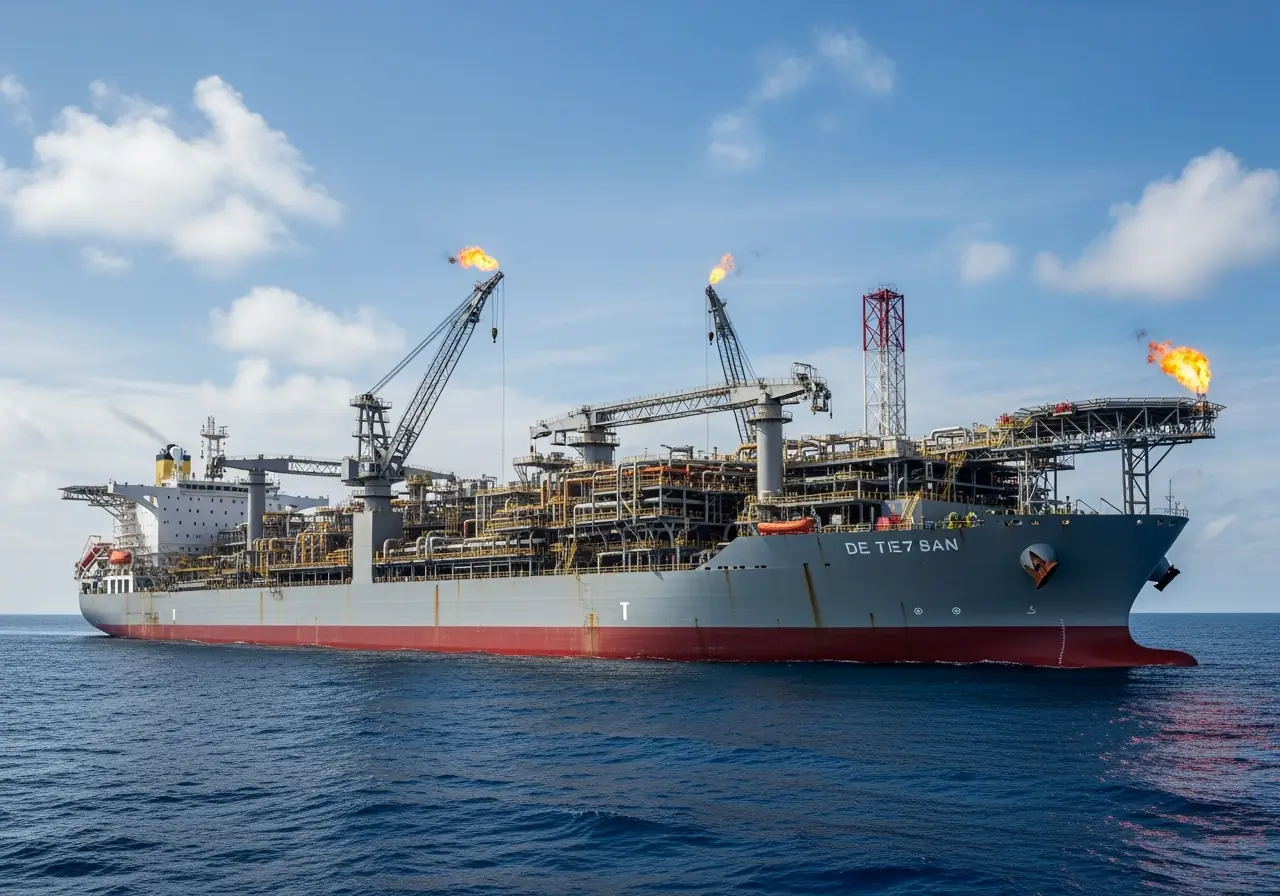
FPSO Smart Parts Planning: Proven Methods to Cut Downtime
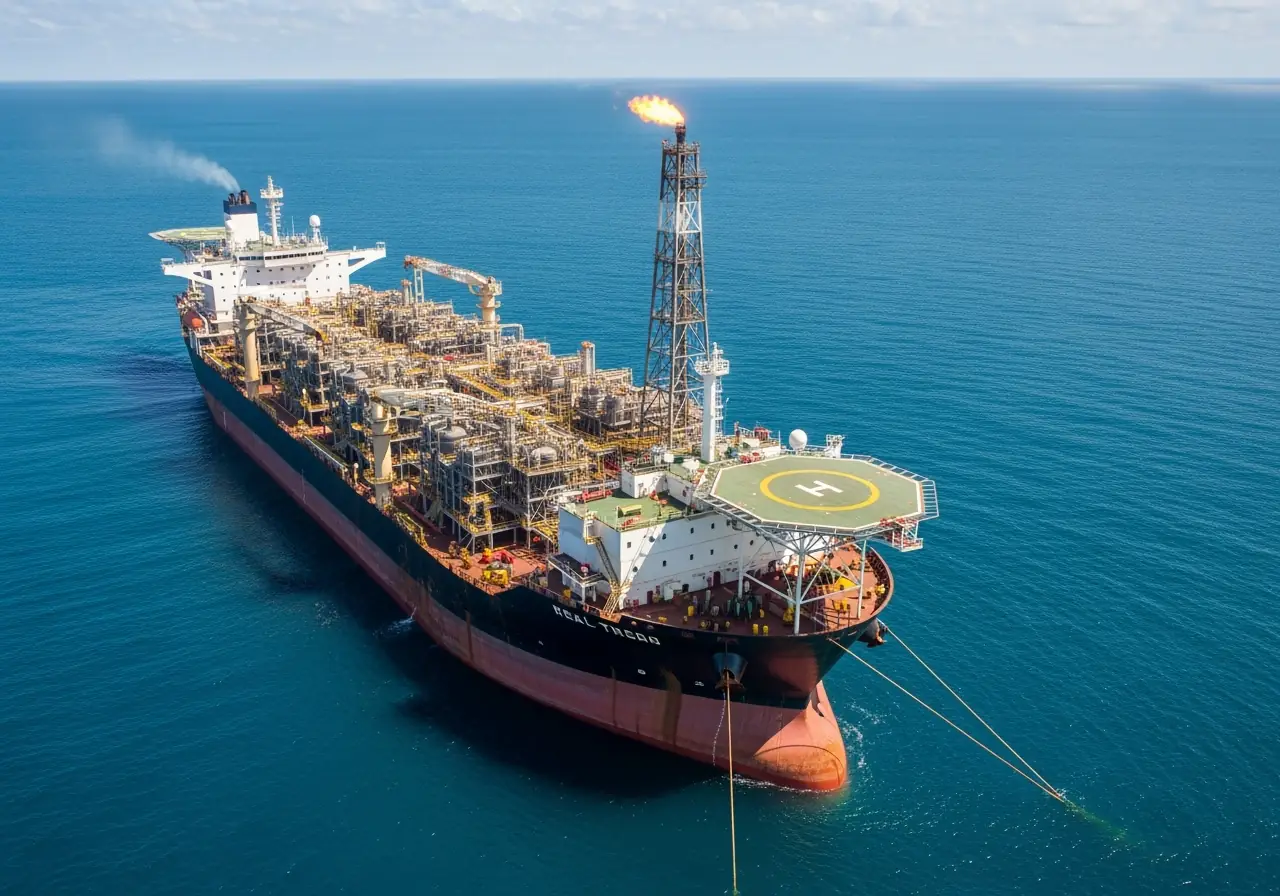
How FPSO Inspection Prevents Million-Dollar Shutdown Losses
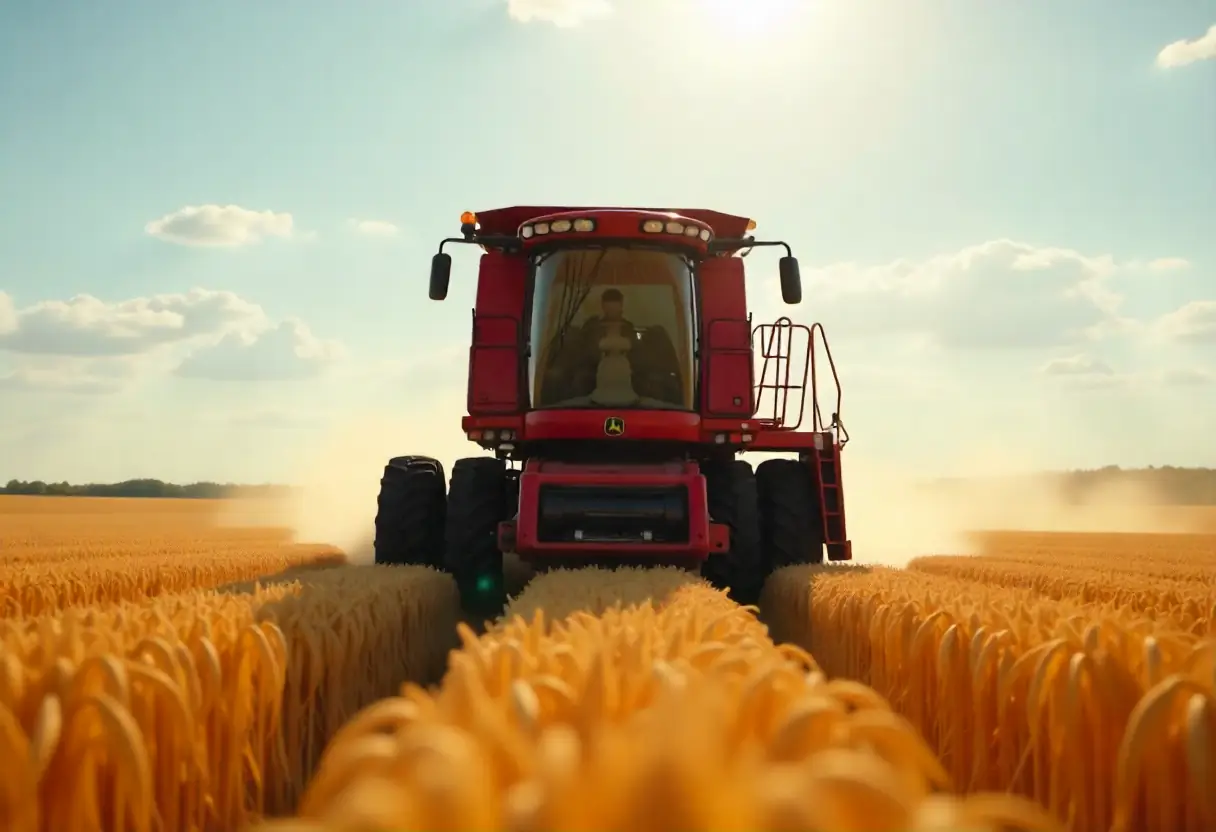
Fix It Before It Breaks: A Farmer's Guide to Combine and Harvester Maintenance

Why Fast Tractor Parts Delivery is Changing Modern Farming [2025 Guide]

The Critical Farm Equipment Replacement Parts You Need Before Harvest 2025
.webp)
How to Double Your Farm Efficiency: Expert Guide to Smart Scaling

Cut Costs by 30%: Pre-Season Spare Parts Audit Checklist

Proven Success Factors for Agricultural Equipment Manufacturers in 2025

13 Overlooked Farm Spare Parts That Halt Operations — Pt. 2

13 Overlooked Farm Spare Parts That Halt Operations — Pt. 1
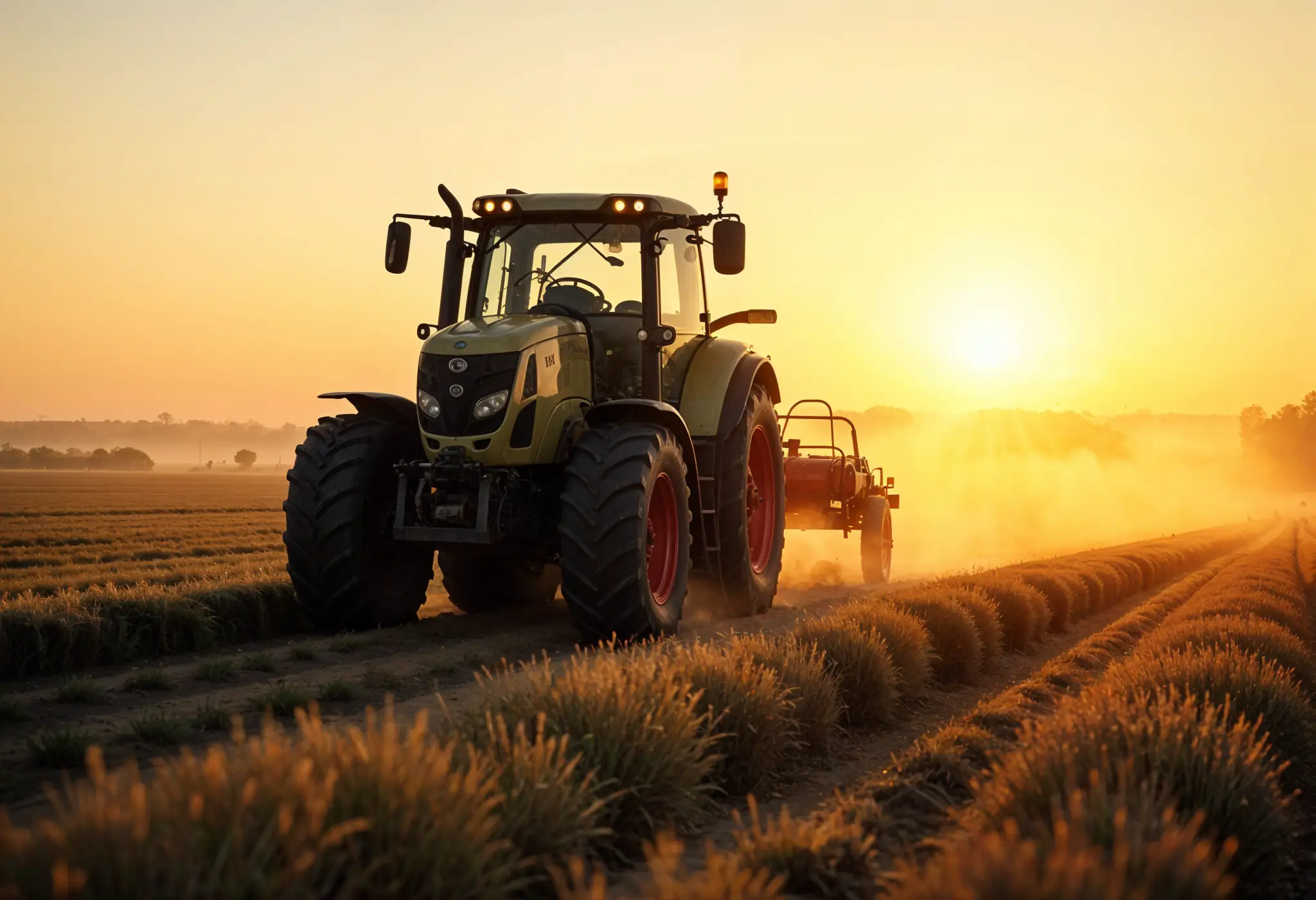
Top Hydraulic Components for Agricultural Equipment in 2025: Complete Guide
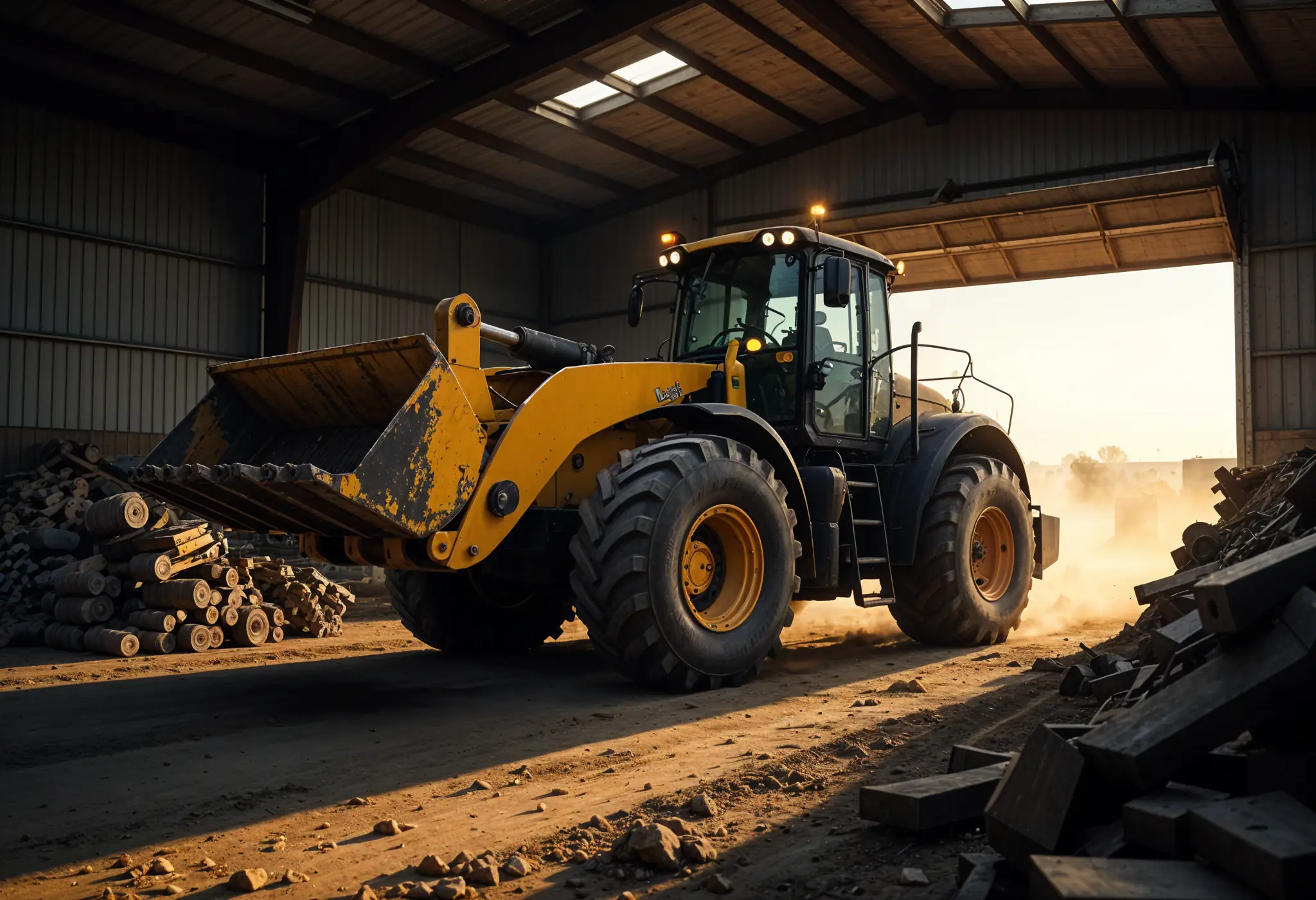
The Essential Farm Equipment Parts You Can't Afford to Run Out Of
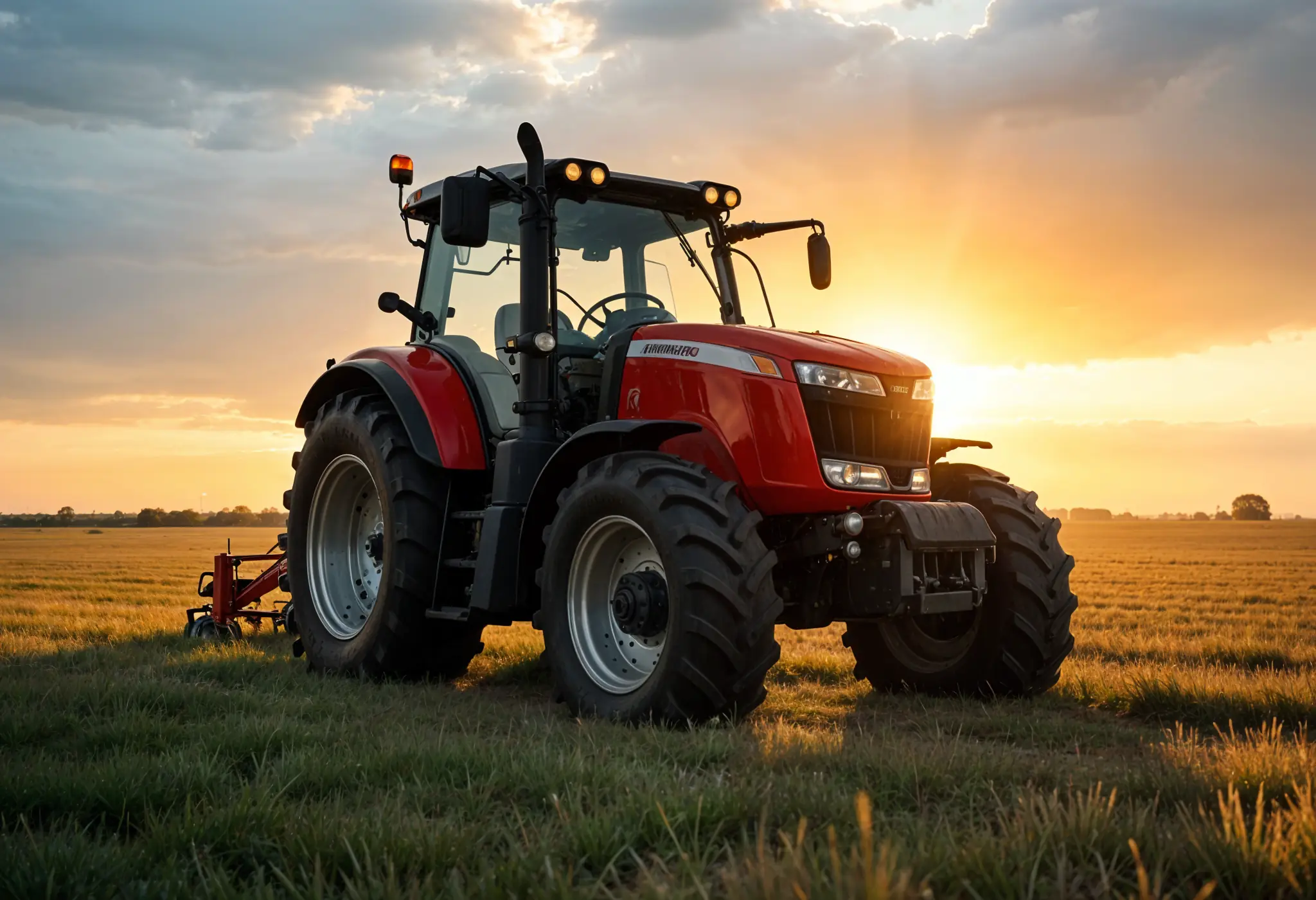
How to Service Farm Equipment: A Farmer's Guide to Zero Harvest Downtime
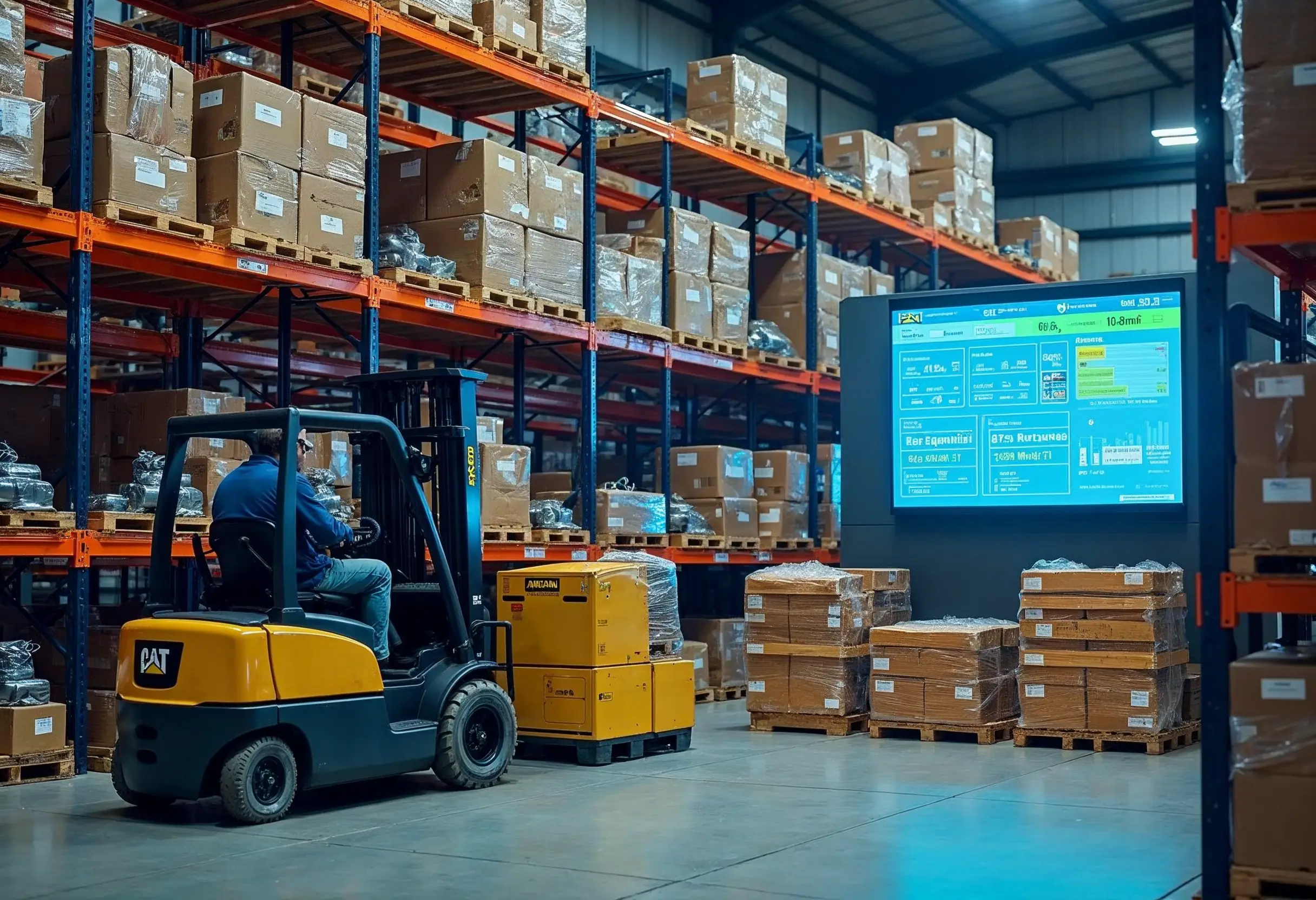
Construction Machinery Parts Suppliers: Expert Selection Guide
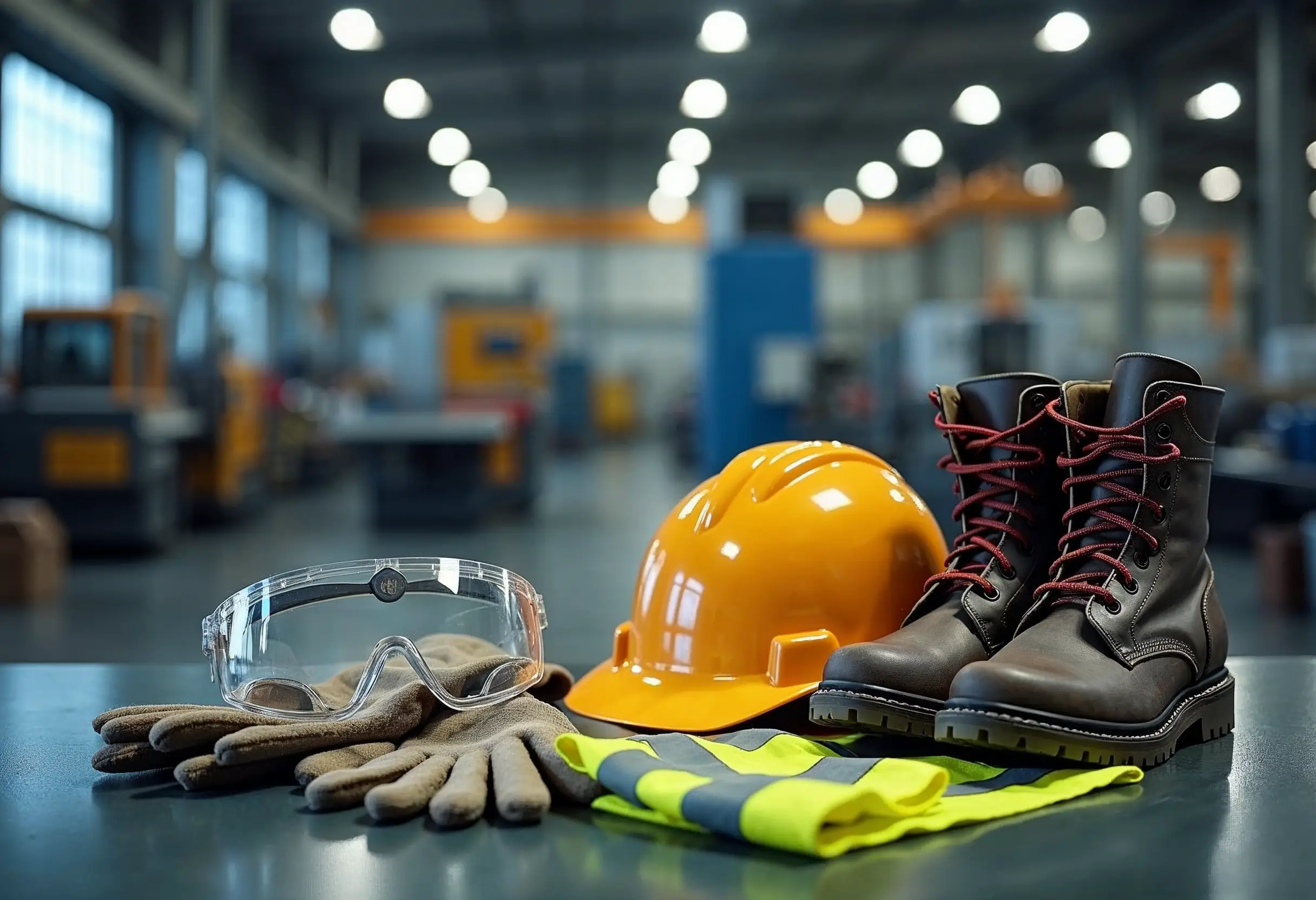
How to Apply Machine Safety Rules: From Selection to Installation

Smart Diagnostics Cut Heavy Equipment Failures by 73%
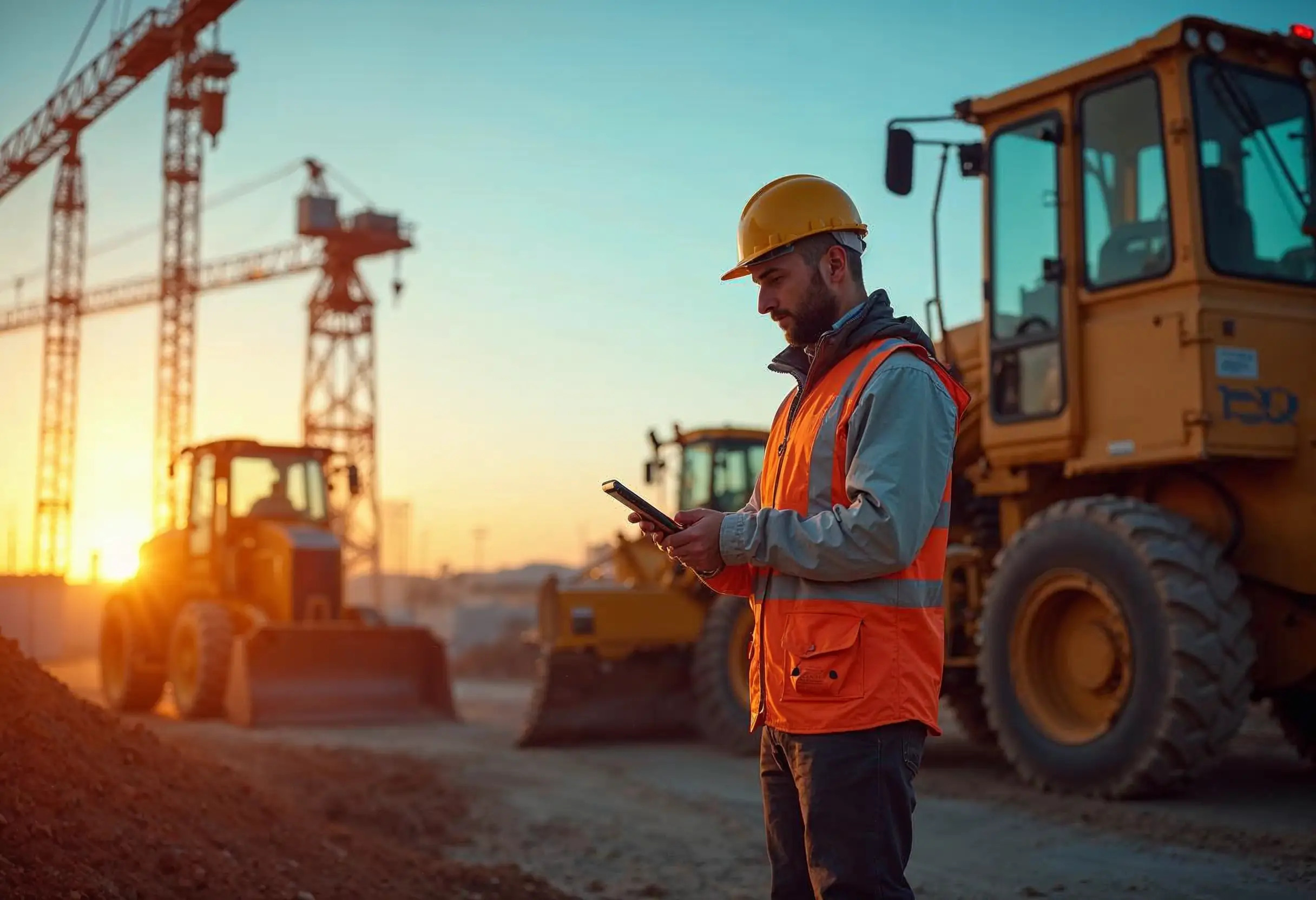
5 Ways to Assess the Environmental Impact of Heavy Construction Machinery

10 Smart Ways to Pick Construction Machinery for 2025 Projects
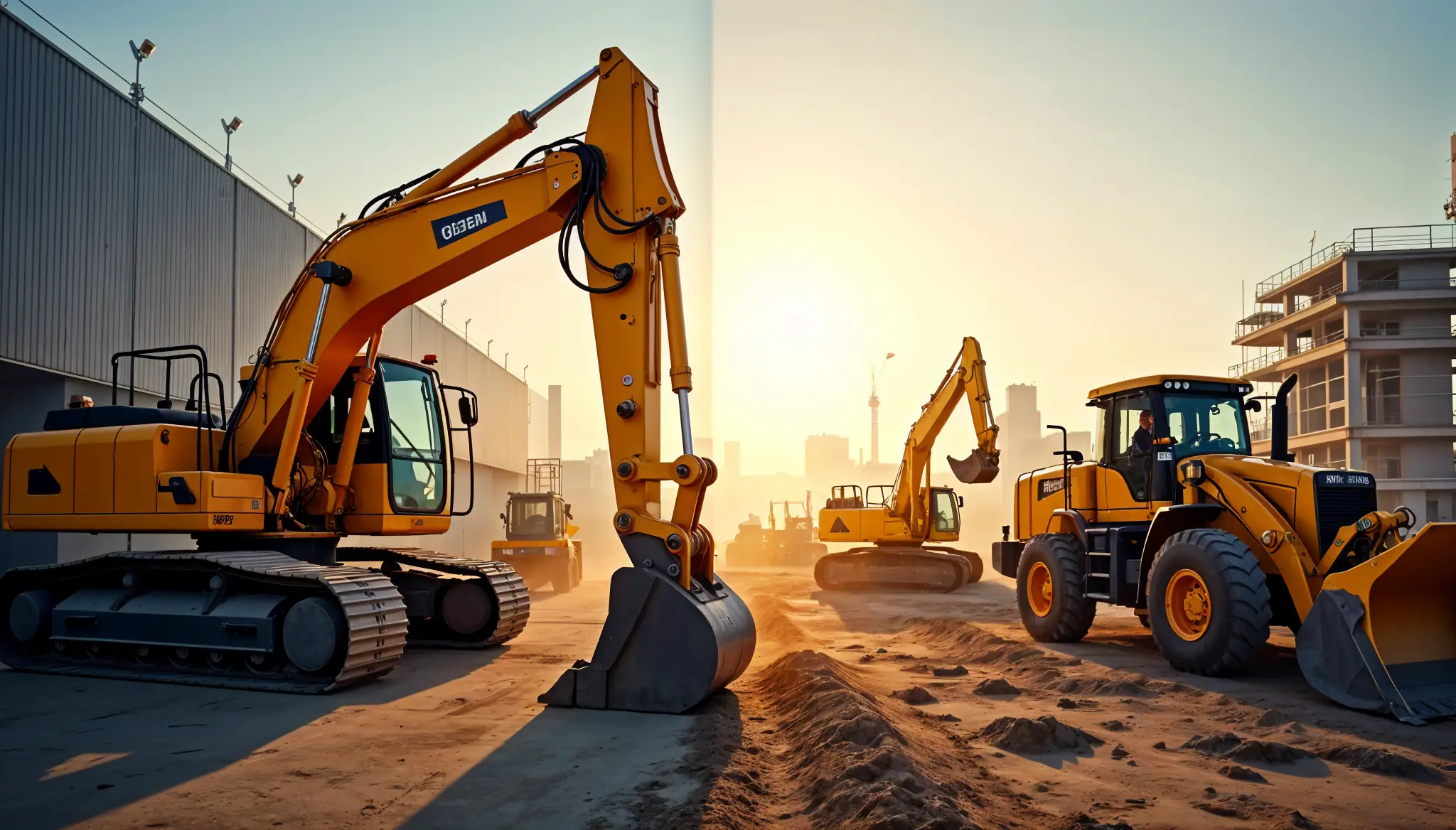
Rent vs Purchase Equipment: What Heavy Industry Experts Hide
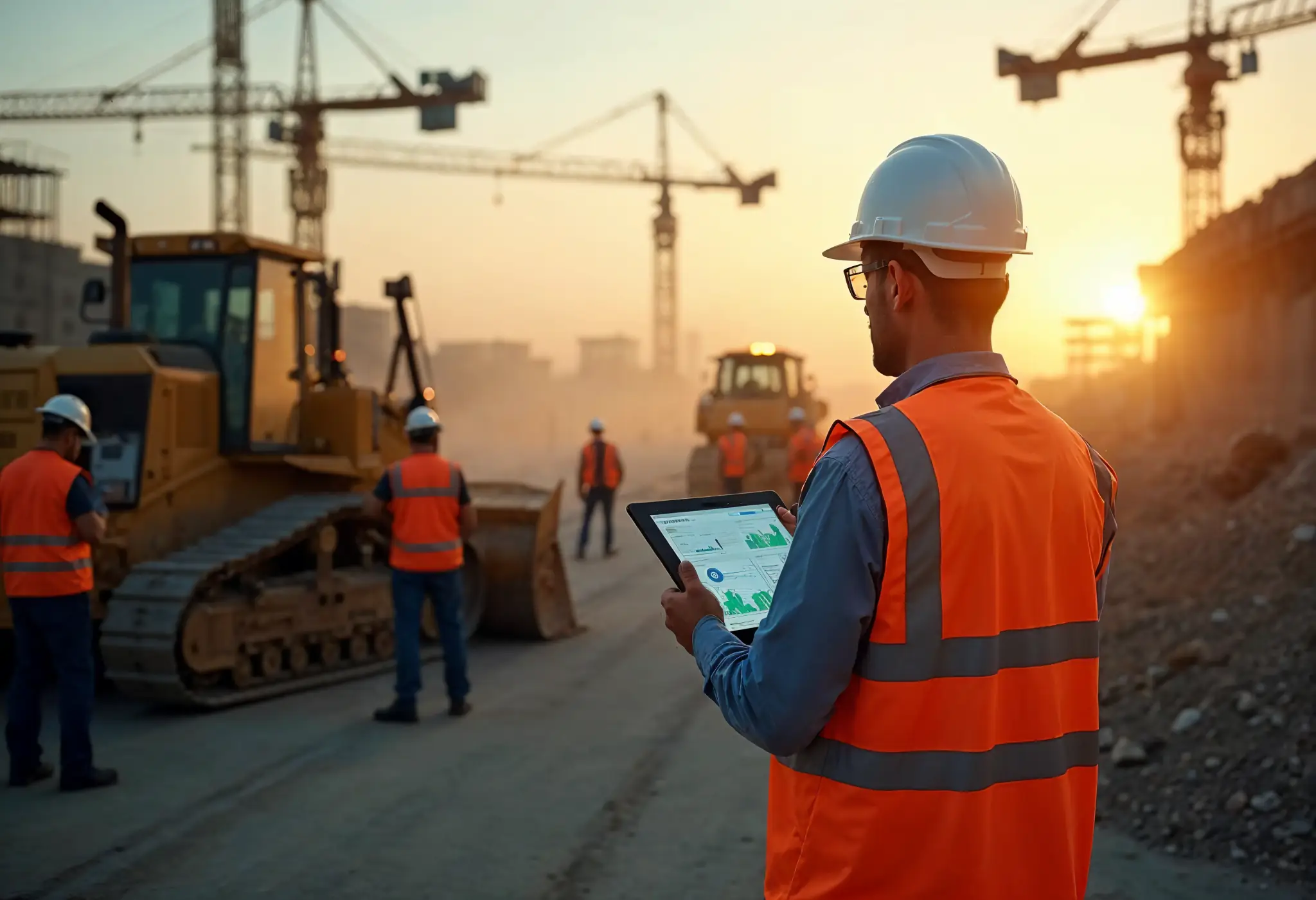
How to Implement a Construction Inventory Management System for Equipment Efficiency
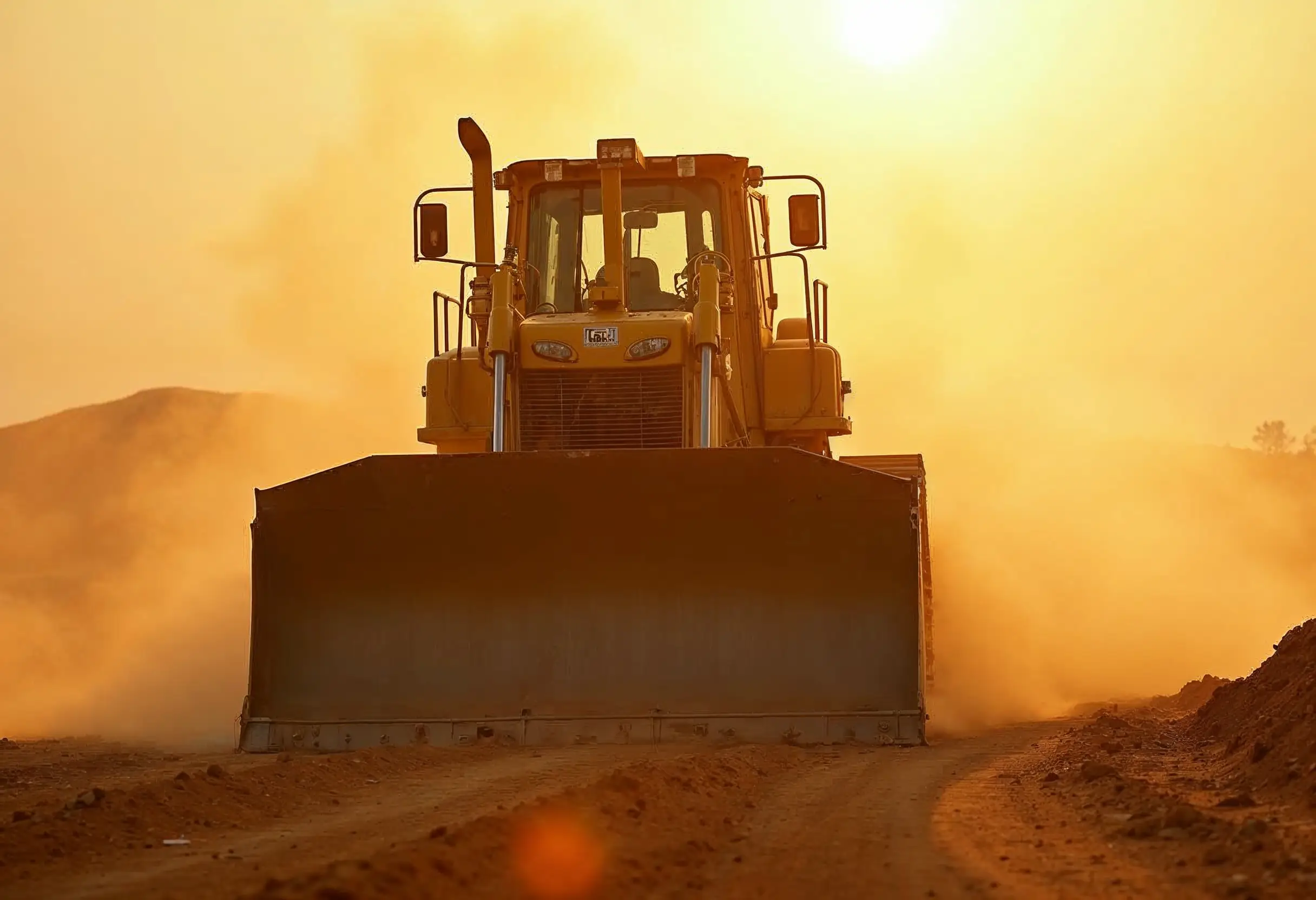
How to Extend Equipment Life Expectancy with Regular Maintenance
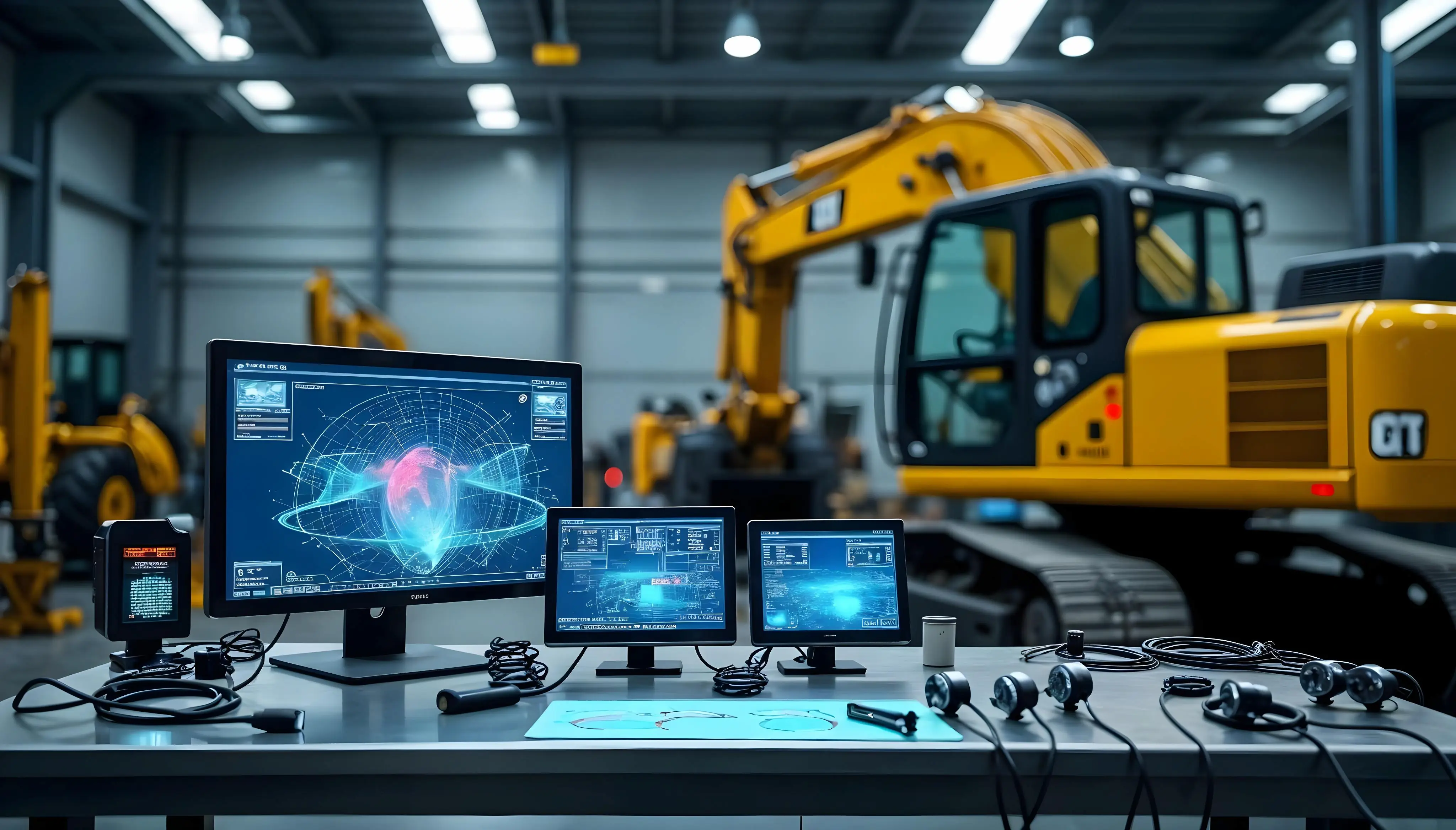
Advanced Heavy Equipment Diagnostic Tools: Ensuring Construction Machinery Quality
Essential Features Your Construction Equipment Inventory System Needs
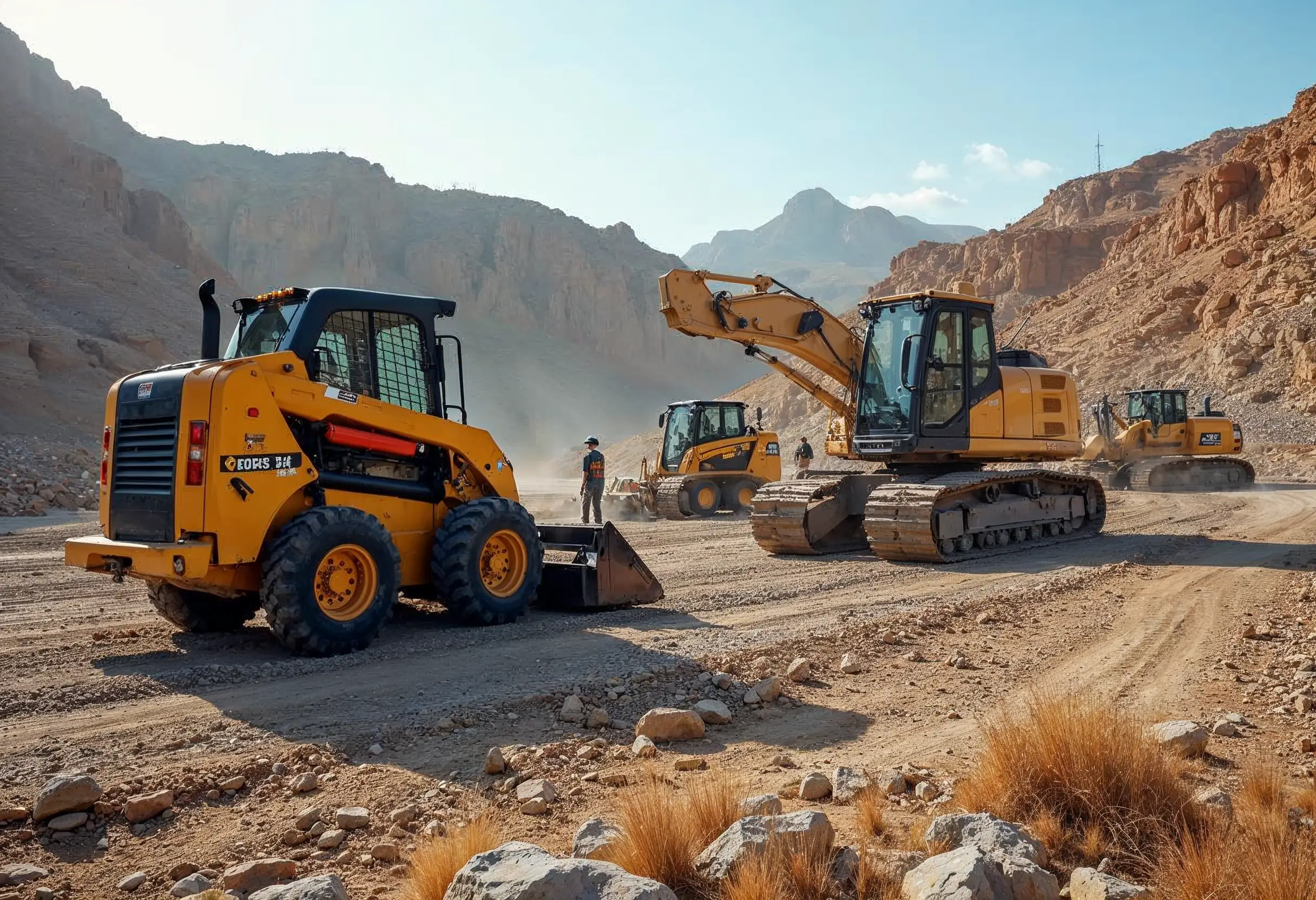
29 Quick Tips for Choosing Construction Equipment for Remote Locations
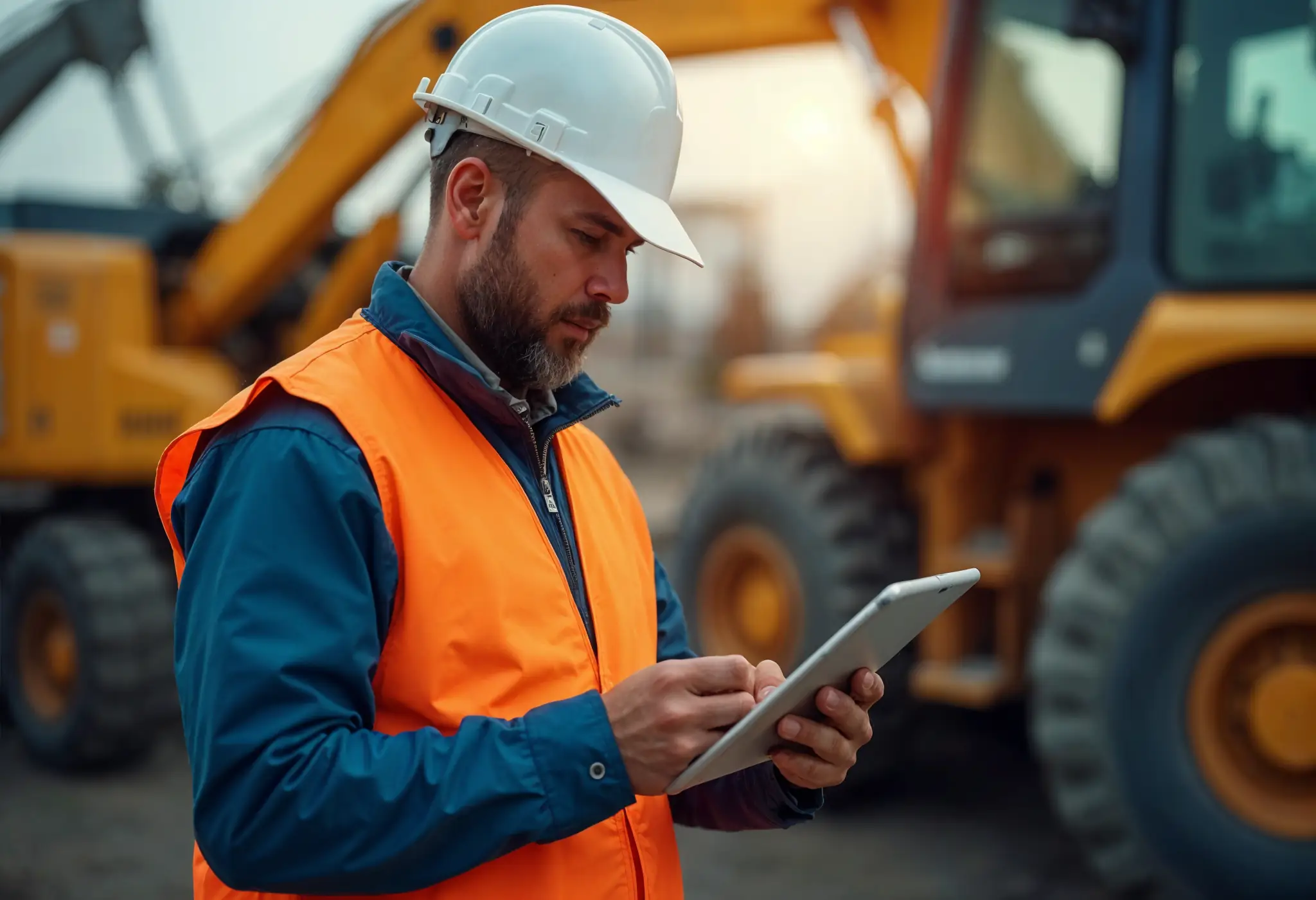
How to Select Construction Machinery with Optimal Equipment Maintenance in Mind
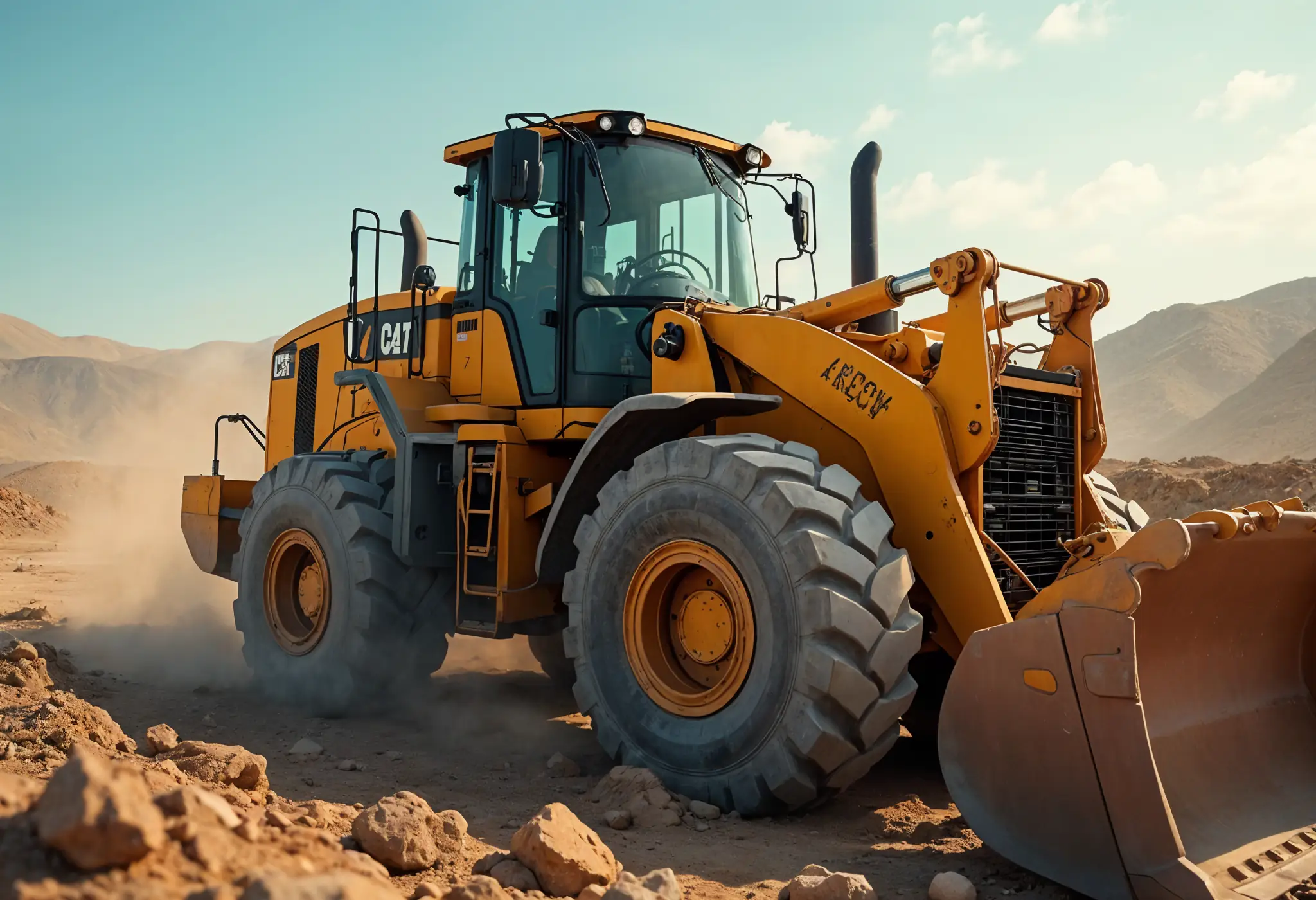
Top 25 Tips for Selecting Bulldozers for Construction Sites
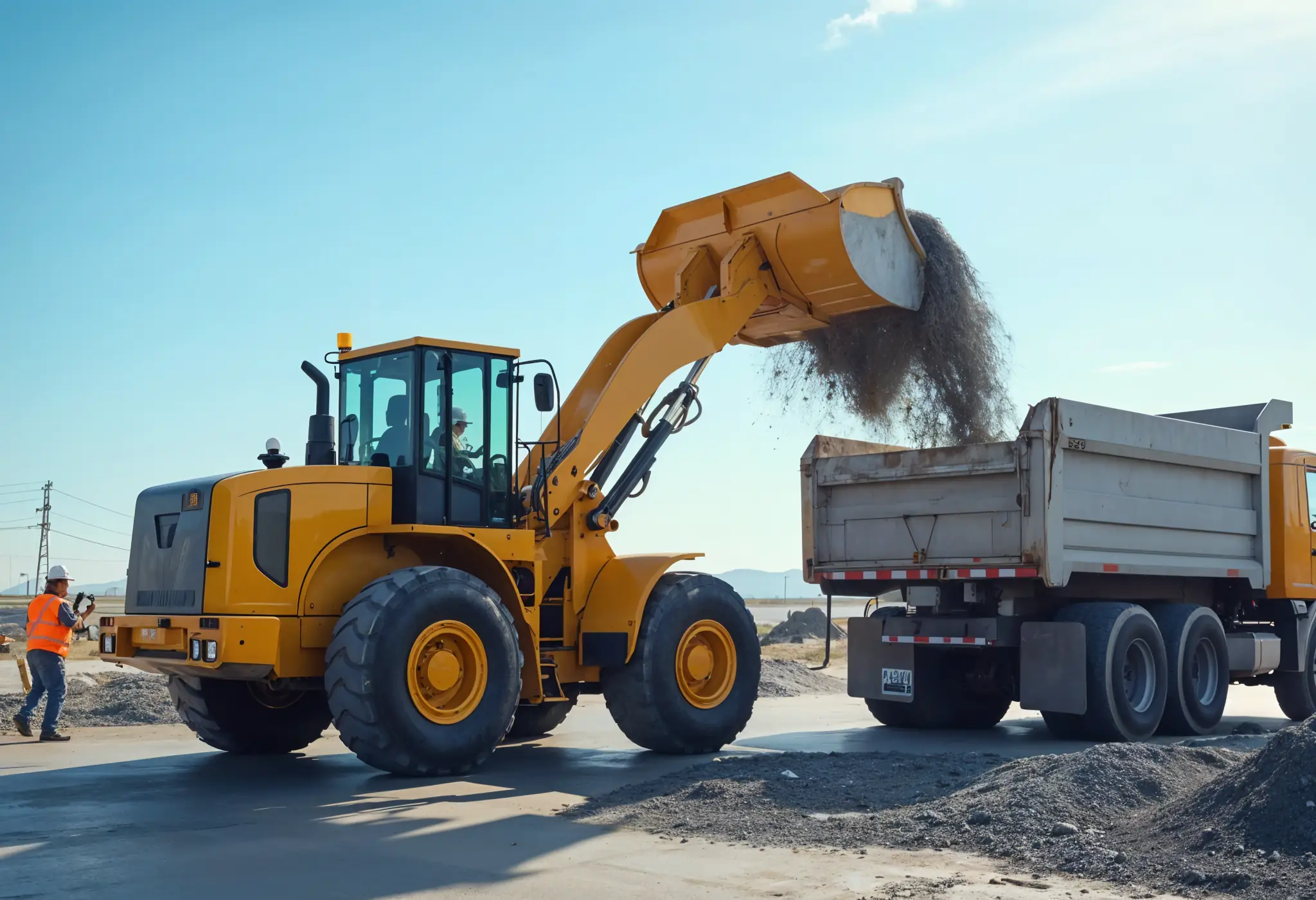
Which Construction Loader is Best for Your Project Needs?

4 Key Steps to Form a Construction Machinery QC Team

15 Essential Tips for Selecting the Perfect Crane for Construction
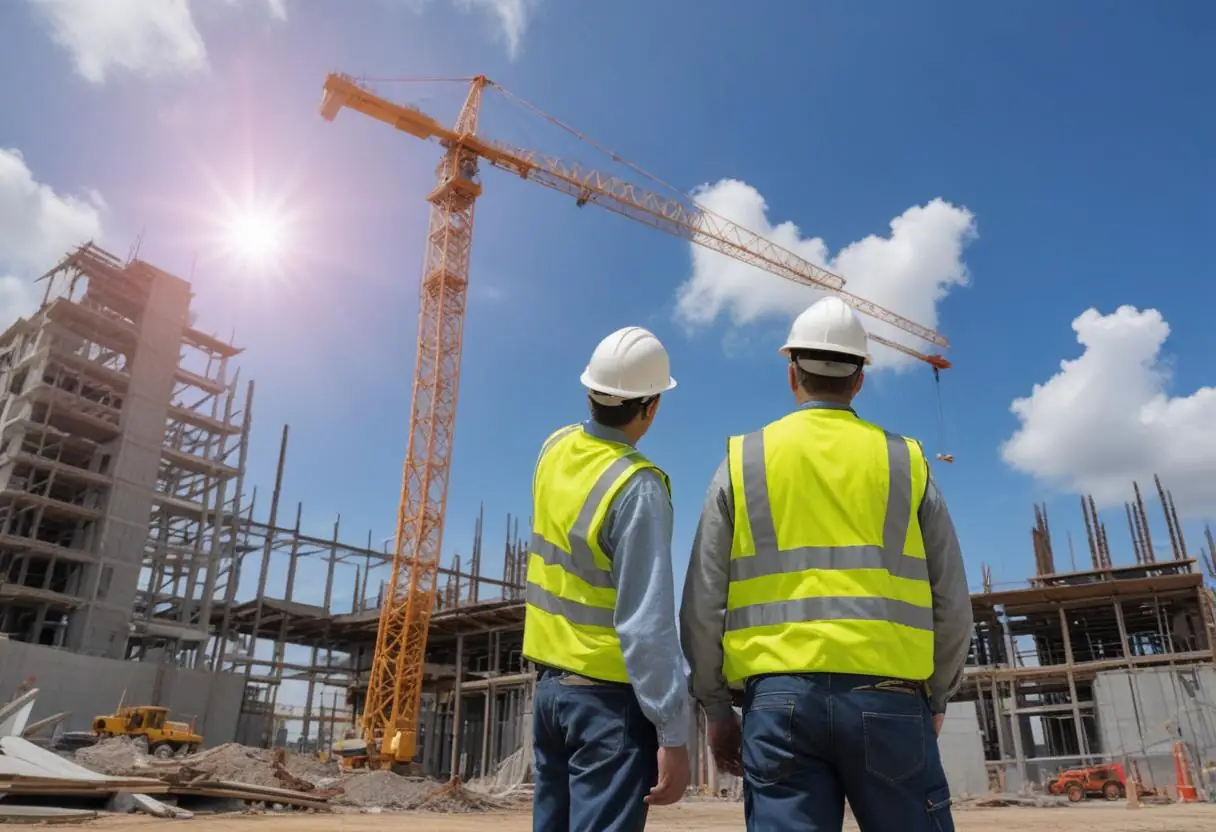
Maximize Savings: Multi-Purpose Construction Machinery for Lower Costs

Affordable Heavy Equipment Parts: A Sourcing Guide
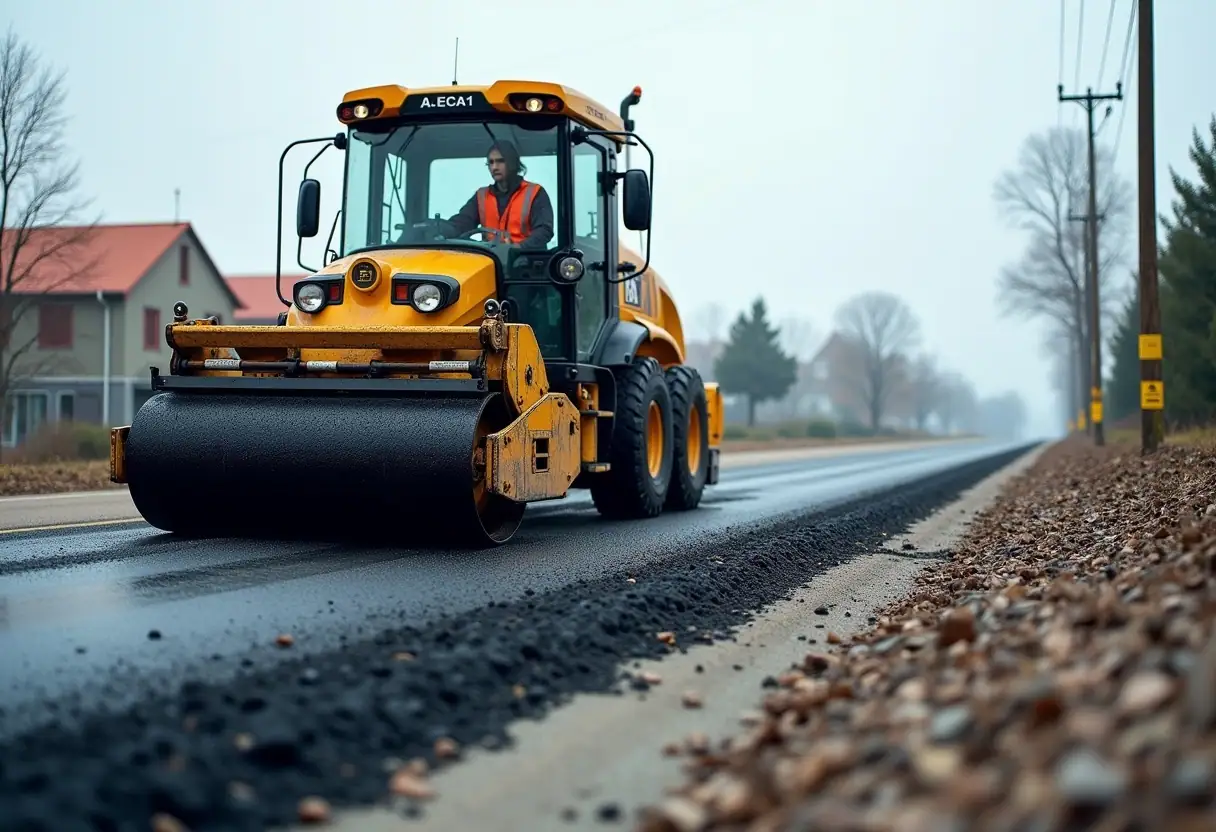
Choosing the Right Road Construction Equipment: A Complete Guide
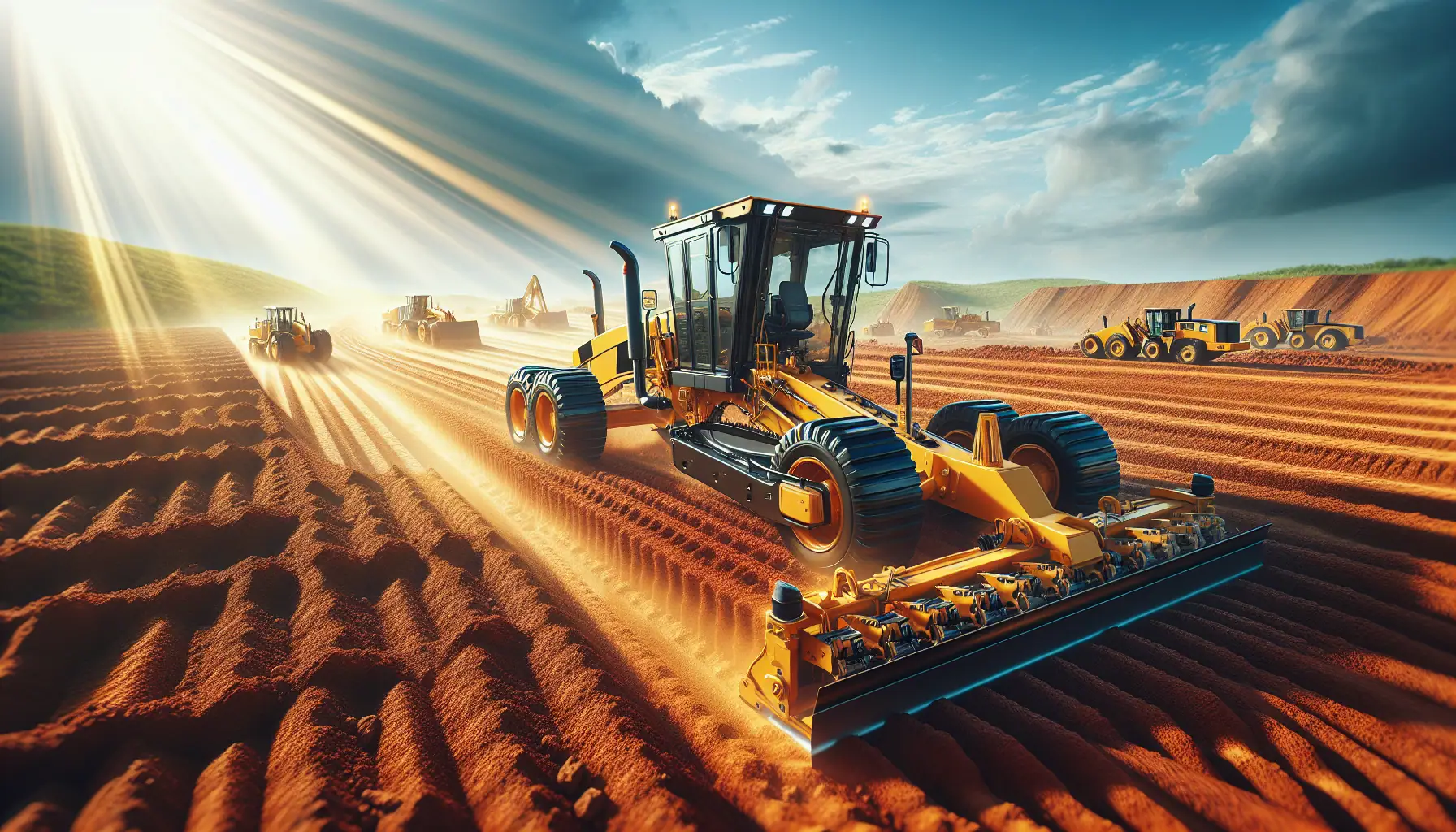
Motor Graders: Key Elements to Consider for Optimal Selection
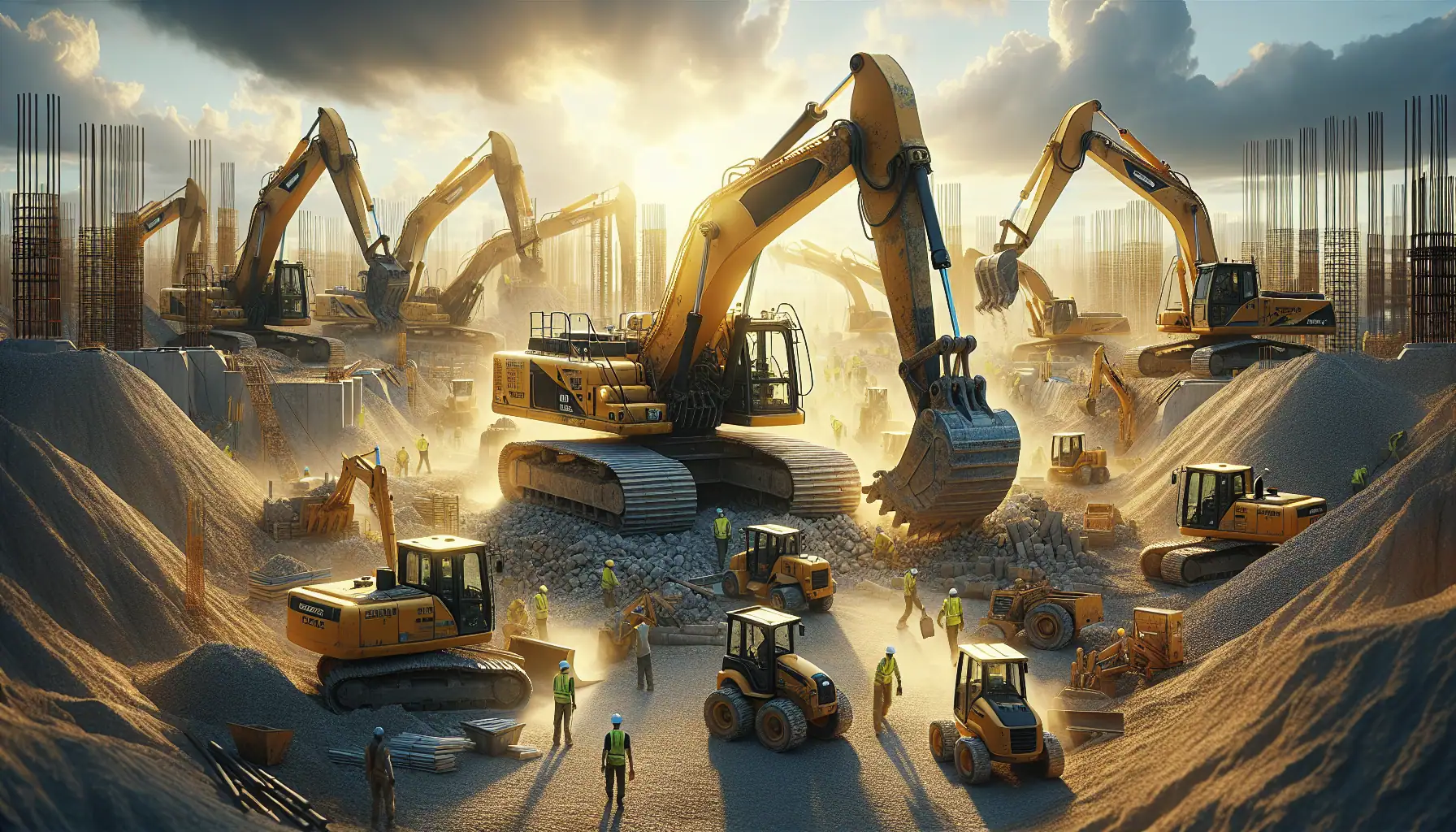
A Detailed Guide to Choosing Excavators for Construction Work

Top Tips for Choosing Cranes for Construction Projects
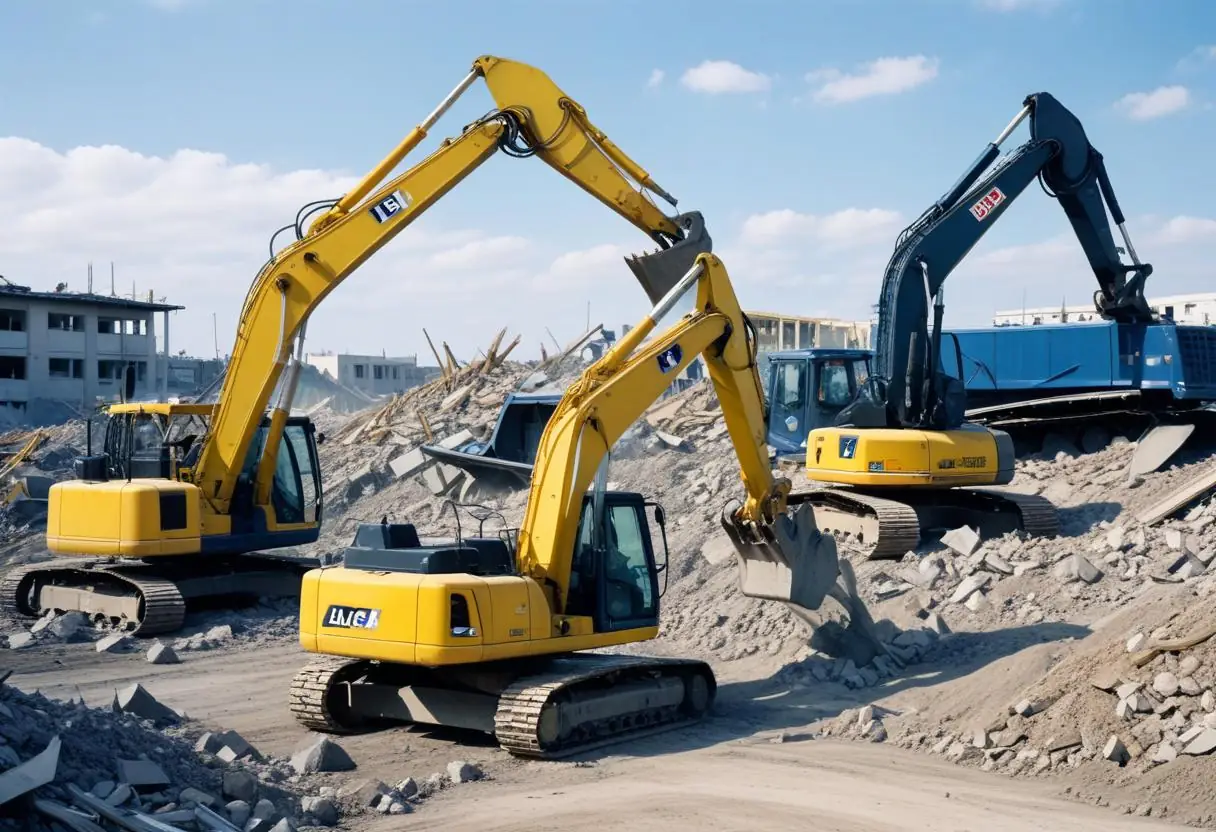
5 Top-Rated Demolition Machines for Construction Professionals
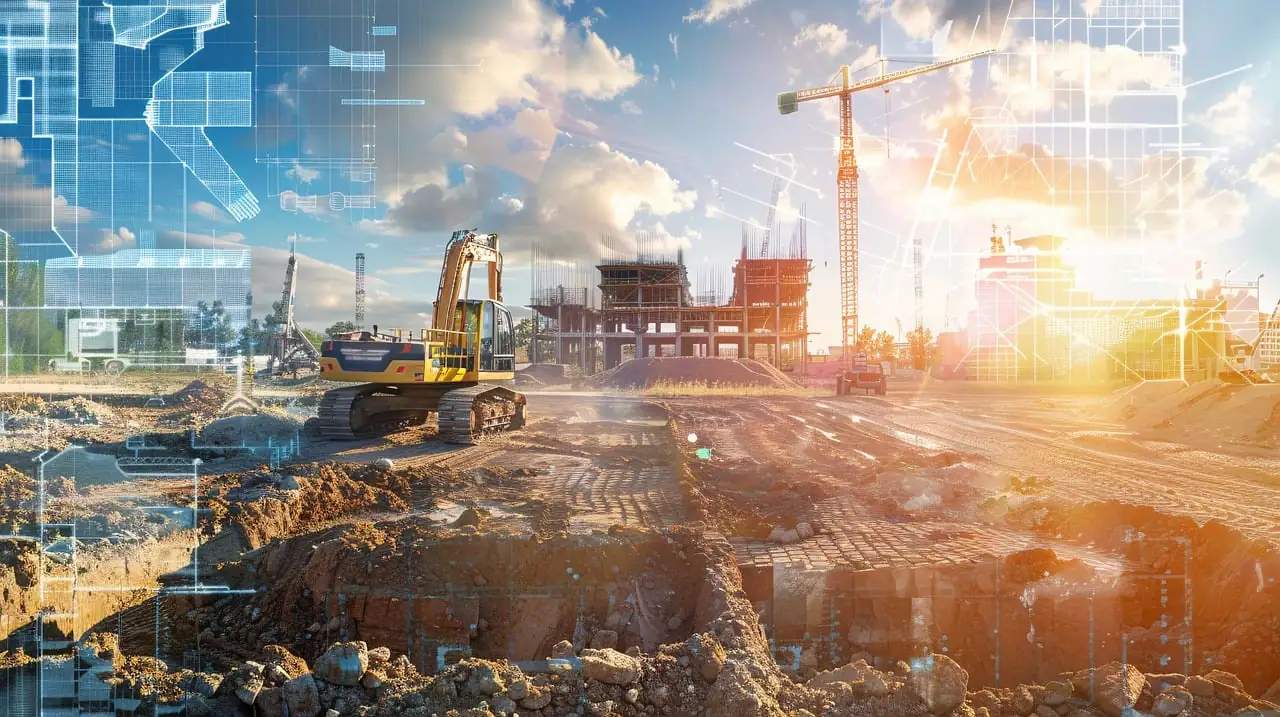
Expert Tips on Choosing Earthmoving Equipment for Large Projects
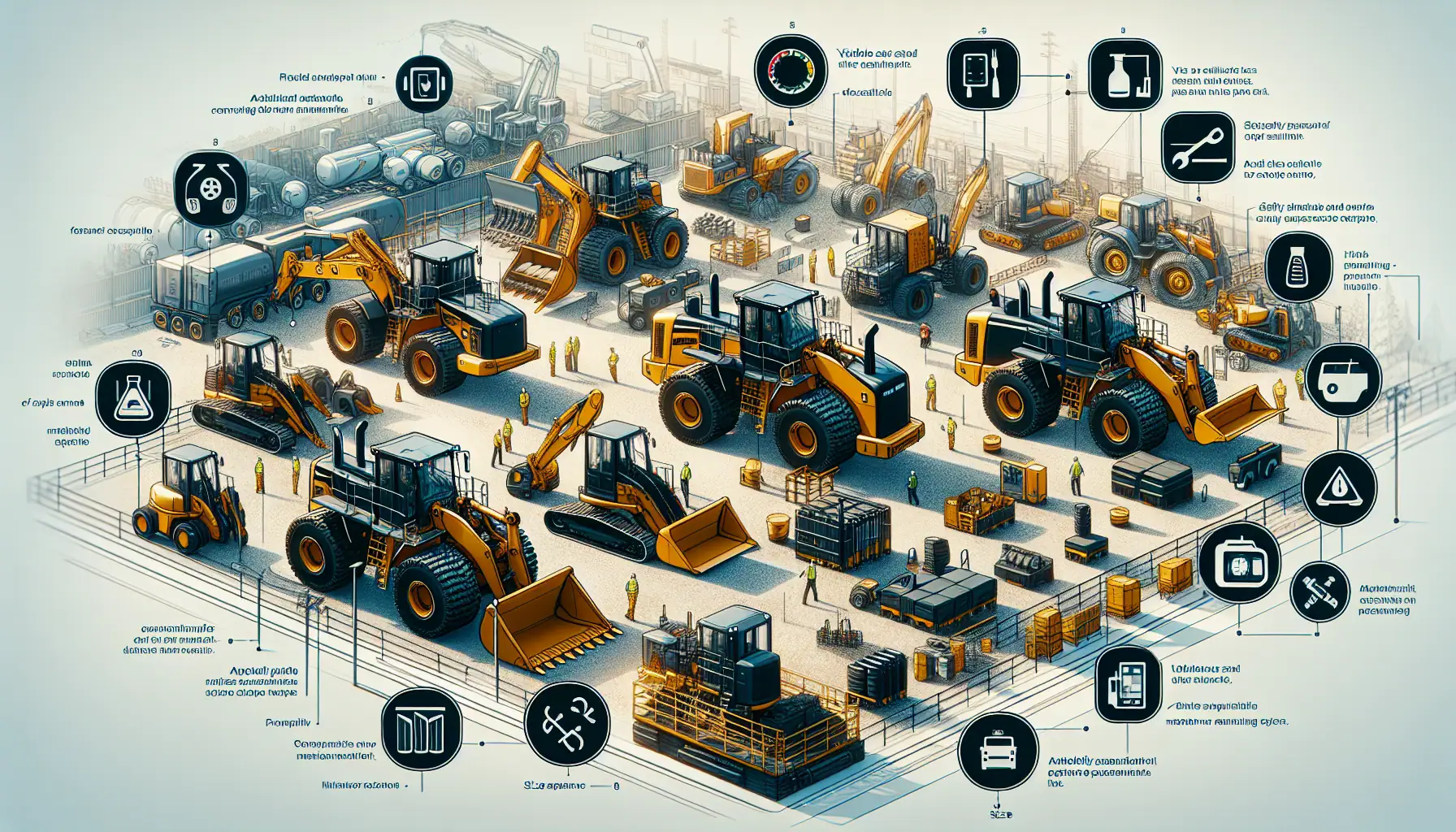
Top Functional Criteria for Selecting Heavy Construction Equipment
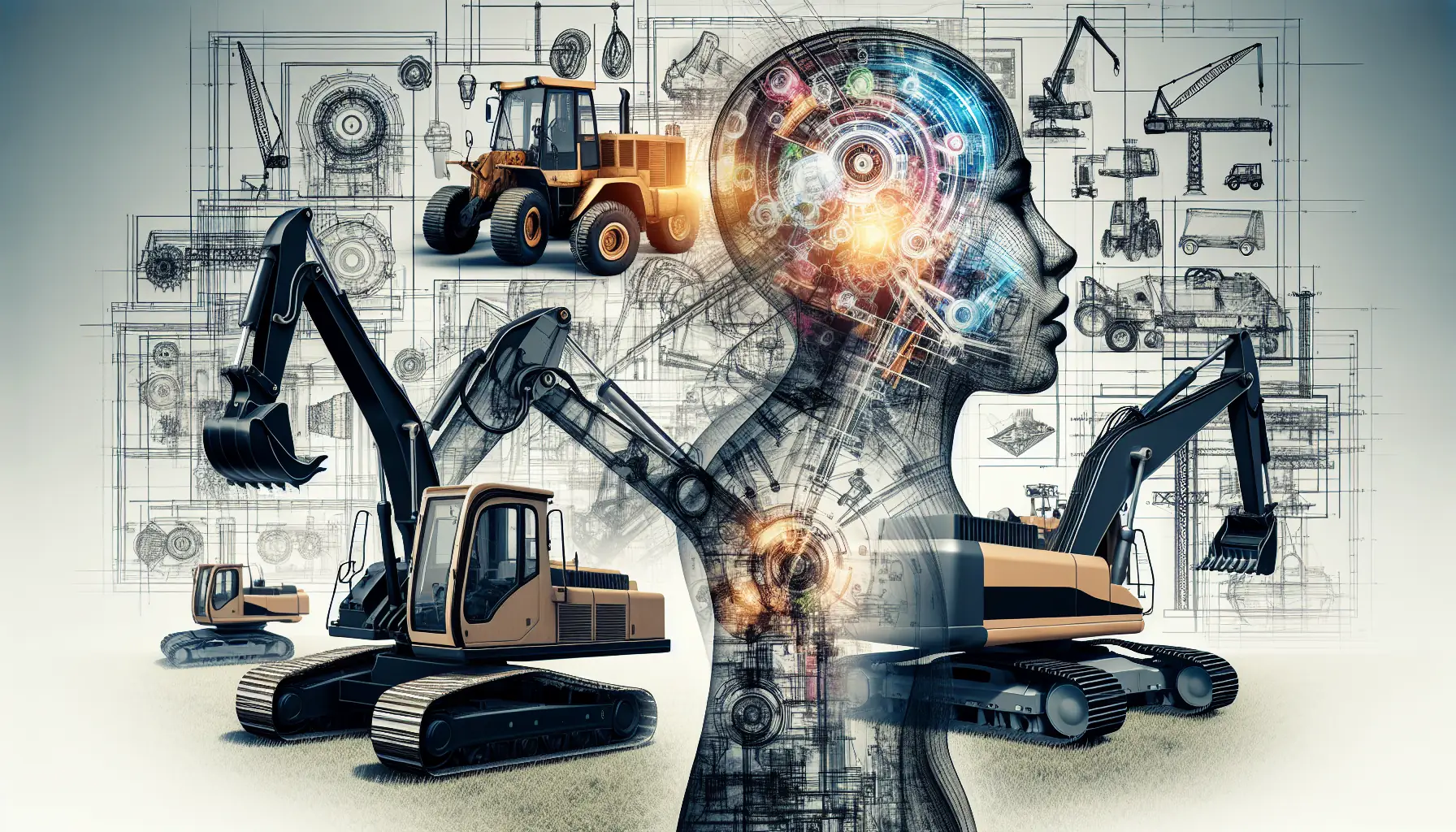
Construction Machinery: Detailed Guide to Equipment Specifications
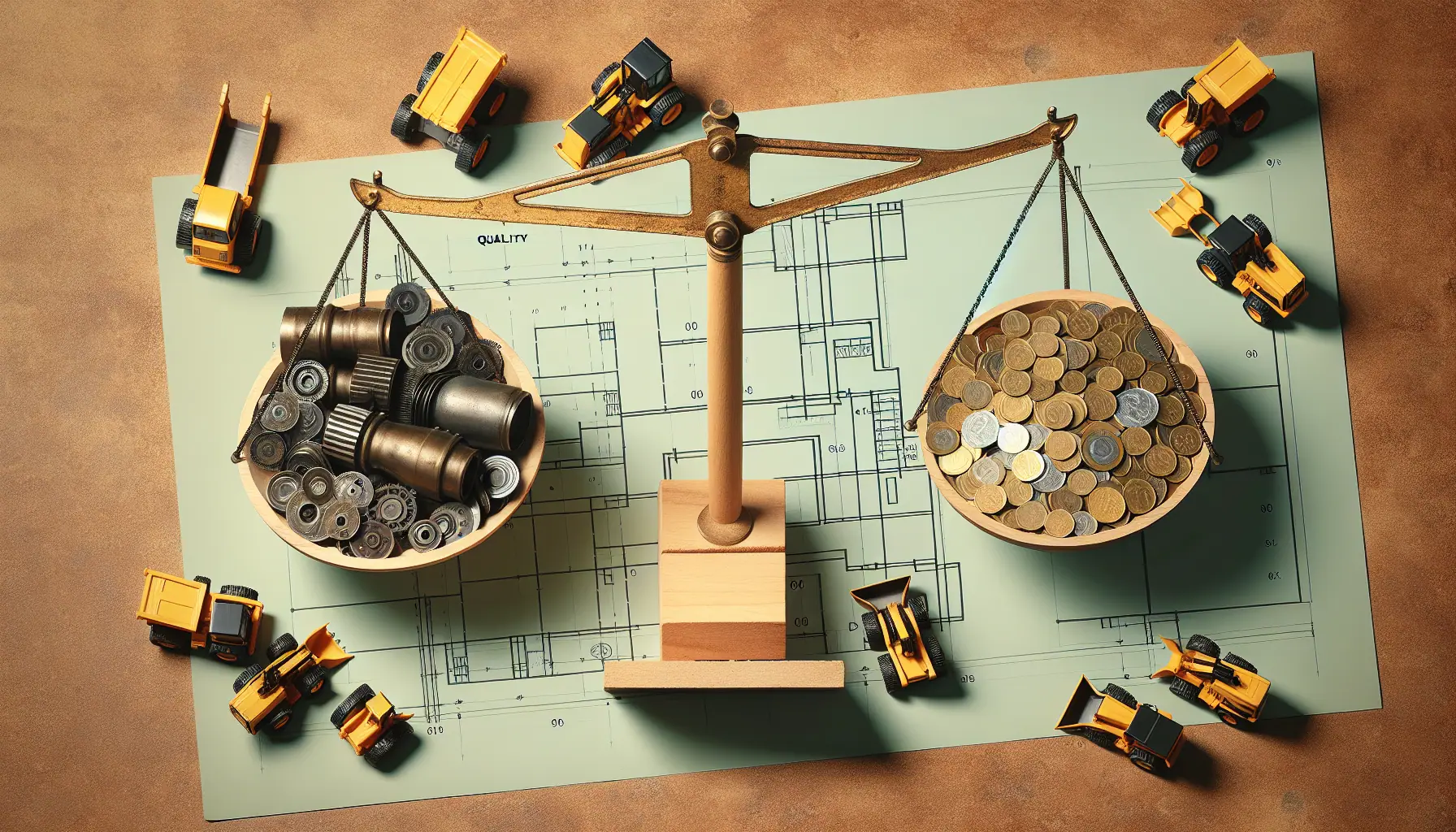
Heavy Machinery Prices: Key Factors in Cost and Quality Balance

Best Construction Heavy Equipment Brands: Pros and Cons
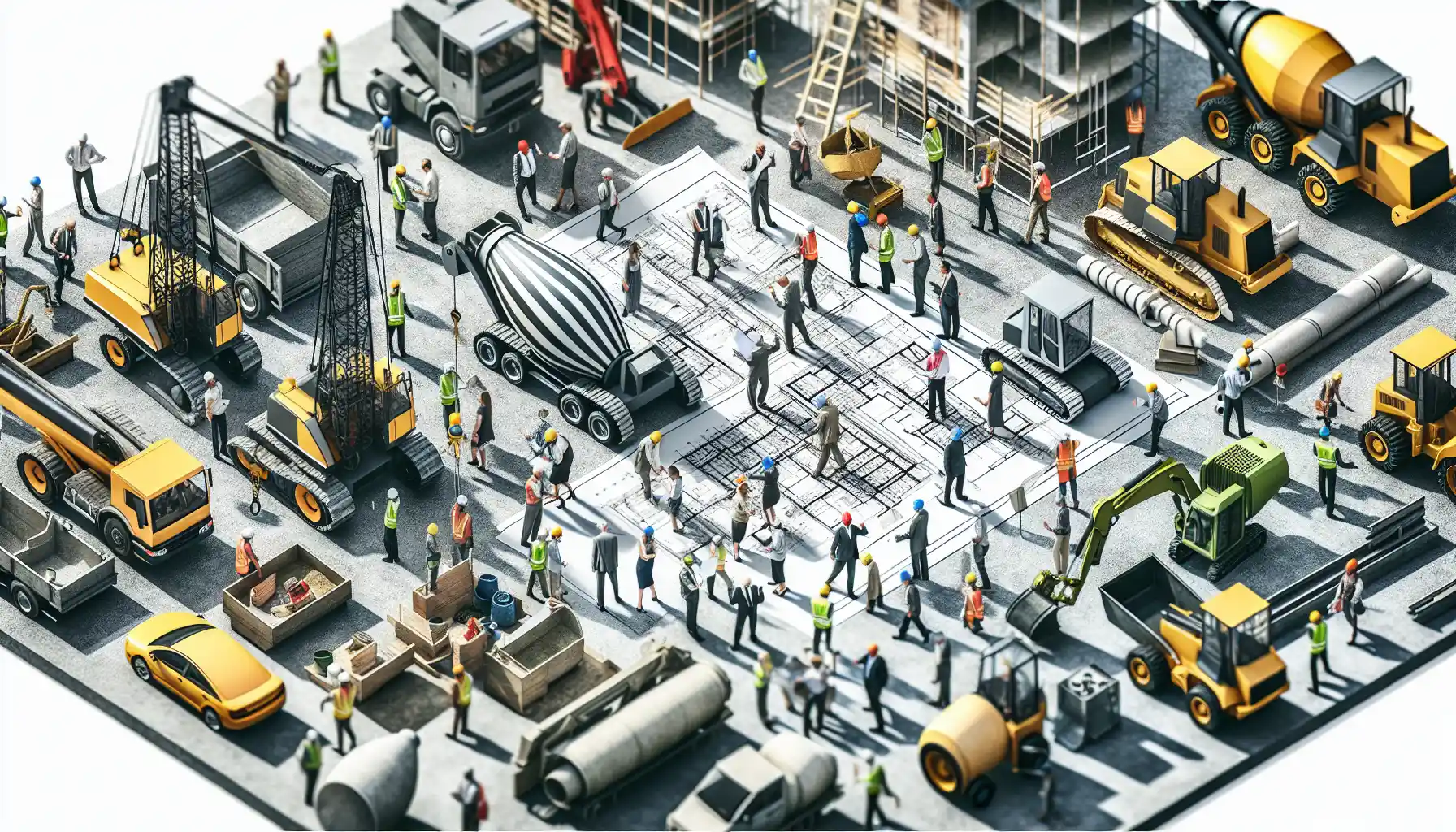
Construction Site Equipment: How to Determine Your Requirements

Maximizing Safety: Risk Management for Construction Projects

Innovations in Construction: Transforming Machinery and Equipment
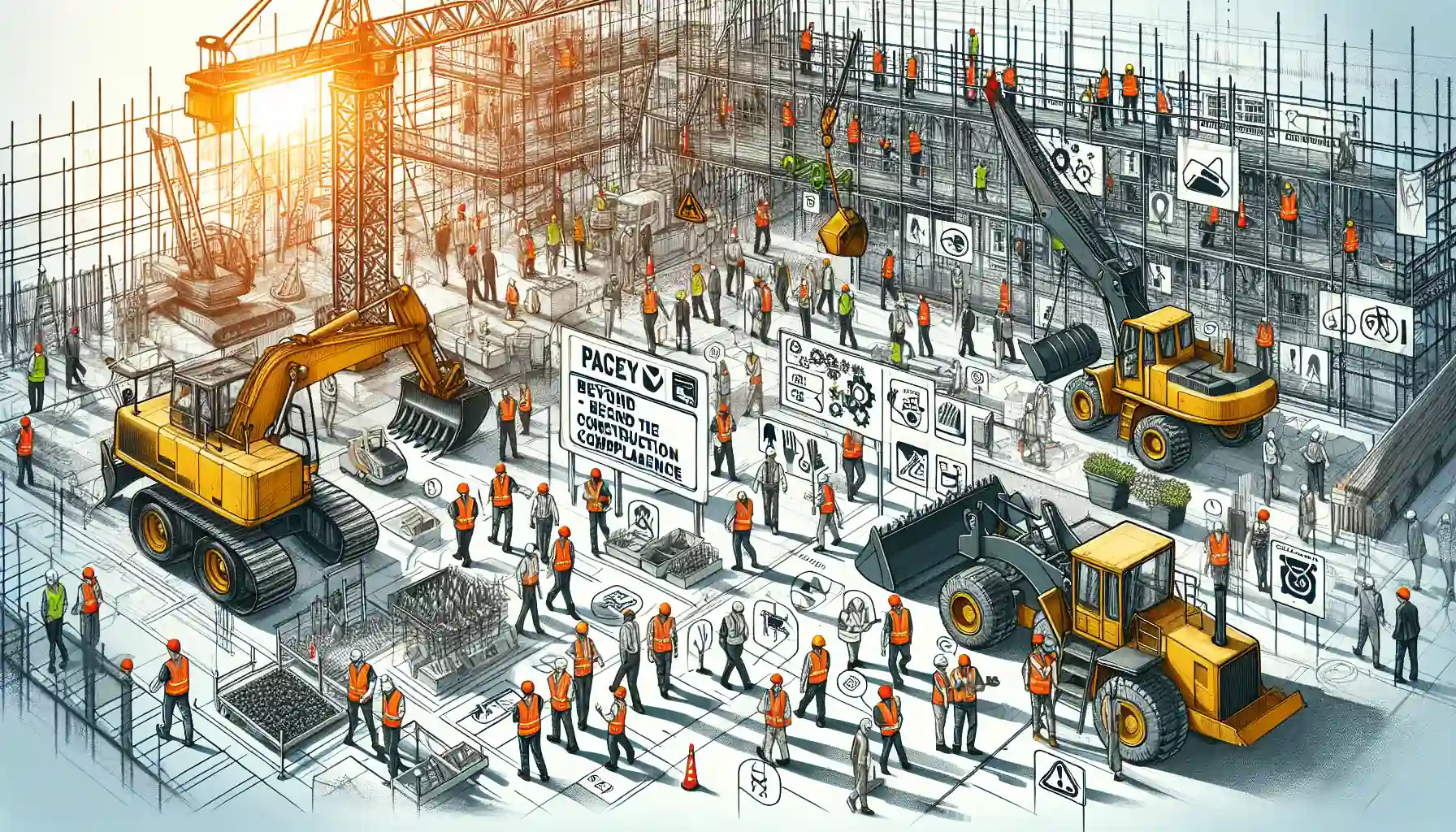
Heavy Equipment Safety: Beyond the Basics in Construction Compliance
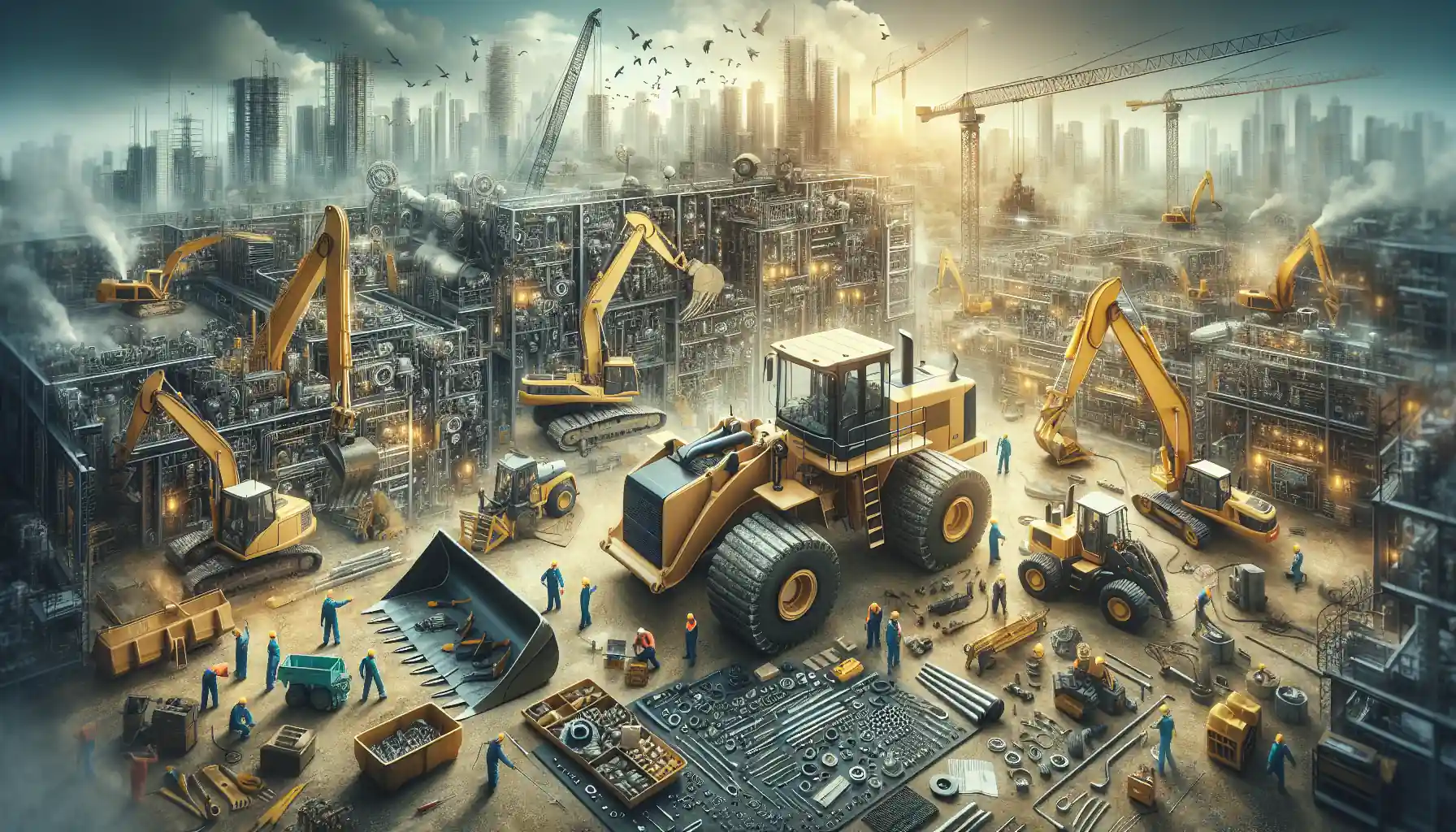
The Essential Handbook for Construction Equipment Repair and Maintenance

How to Efficiently Source Oil and Gas Machinery Parts in NYC

Essential Guide to Sourcing Agriculture Equipment Parts
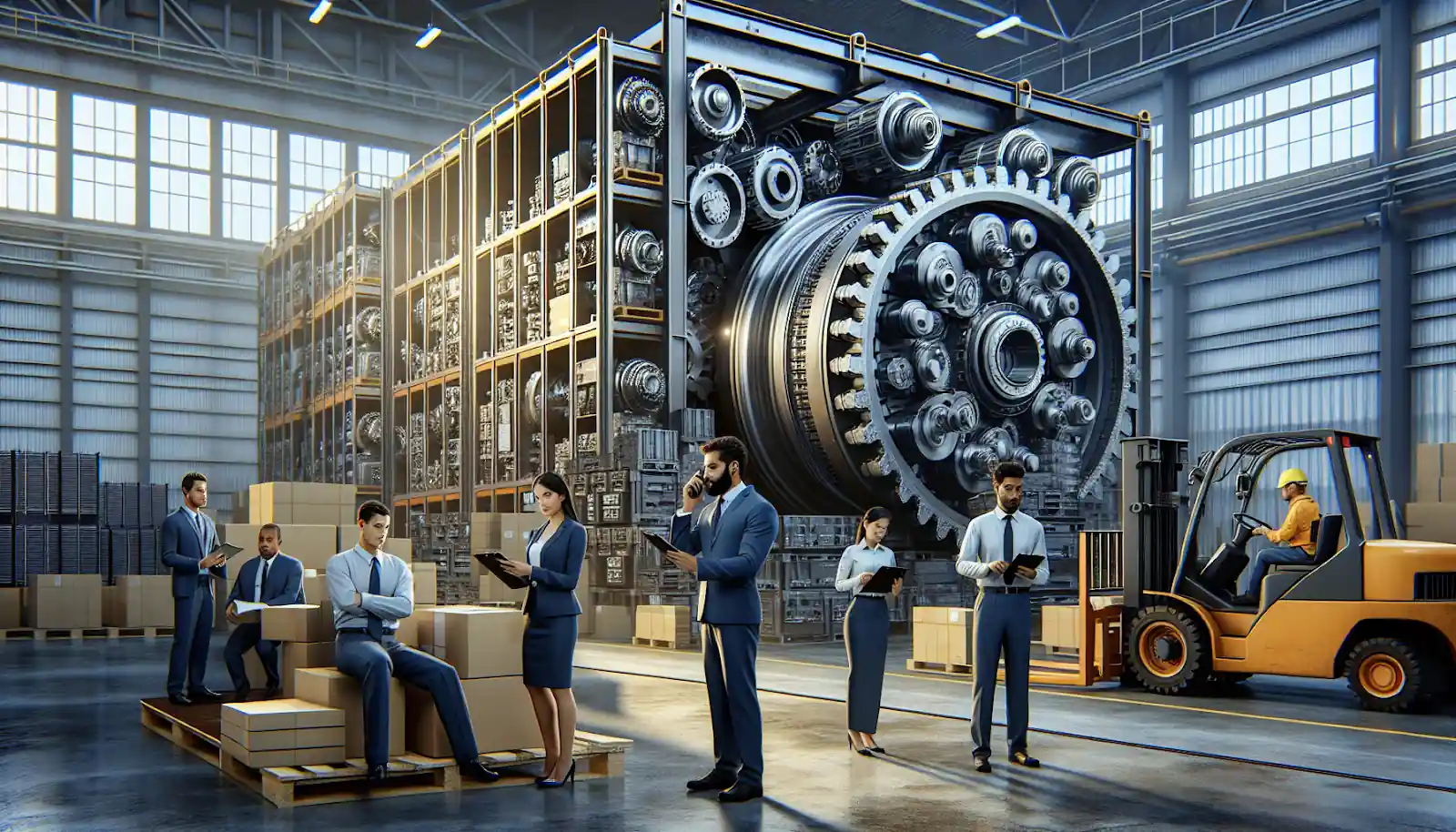
How to Source Mining Machinery Parts: Tips and Strategies
